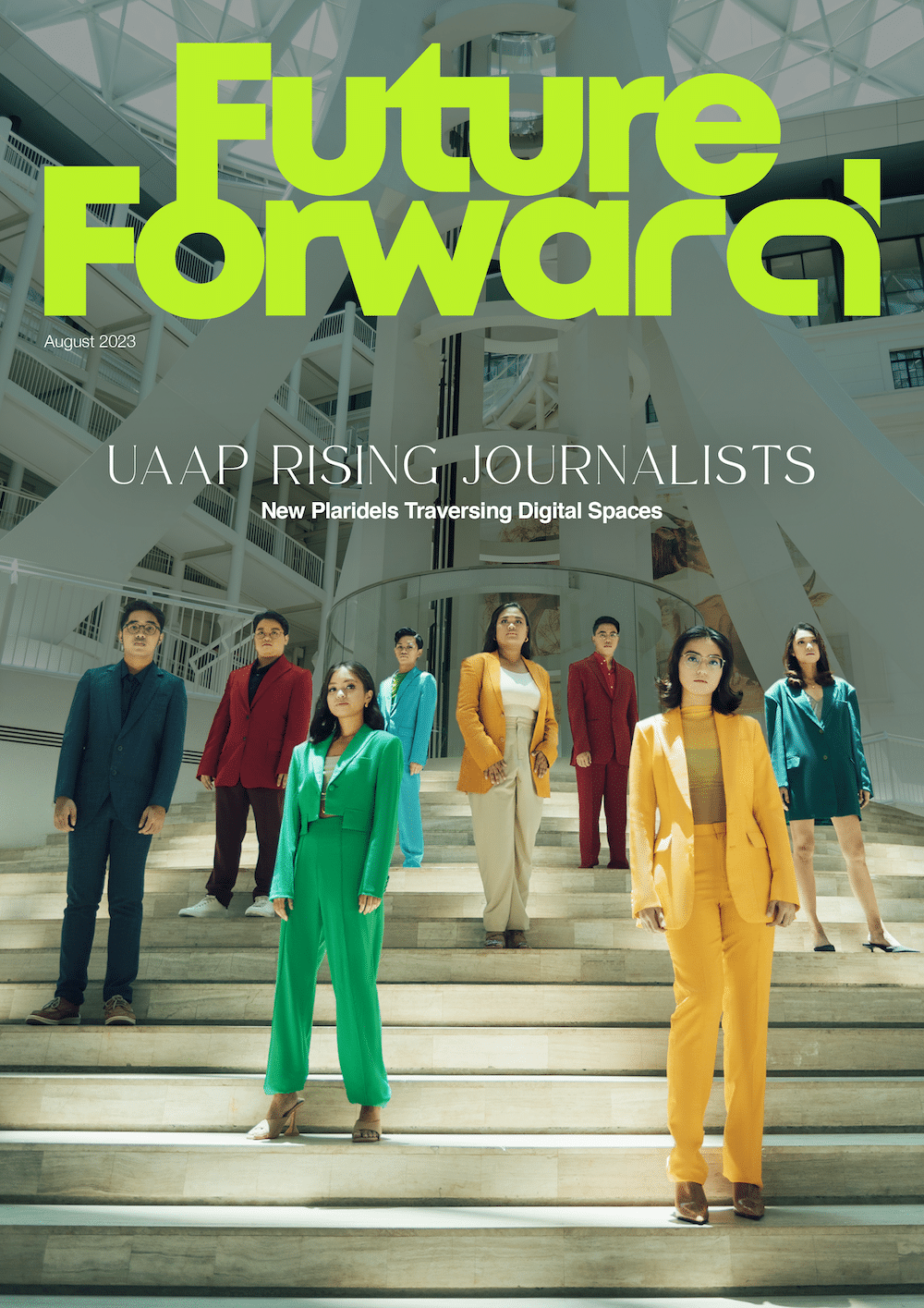FREEDOM of the press in the Philippines seems to embody Italy’s famous leaning Tower of Pisa. It always appears to be on a constant brick of collapse yet continues to stand firm for years.
Thanks to all the past and present journalists who braved many storms in defending the right to report accurate news. For these people, sustaining democracy requires the emergence of genuine freedom for all media members to practice their profession.
While press freedom is guaranteed under the tenets of the 1987 Philippine Constitution, a recent report by Reporters Without Borders (RSF) showed that the country continues to be a ‘difficult’ place for journalists despite improving its global ranking in the latest World Press Freedom Index.
Yet, RSF reported that the Philippine media continues to be “extremely vibrant” as observed in the fiery and dazzling efforts of many journalists to stand for the truth.
With the rise of technological developments worldwide, the battleground for truth seems to have shifted into a new frontier: social media.
Facebook, Twitter, Instagram, and TikTok are among the many digital platforms where the exchange of information has limited filters, allowing disinformation and misinformation to still thrive.
Thus, the long battle for press freedom necessitates a new breed of young journalists equipped with knowledge of how technological algorithms work.
These new defenders of truth are often found in the four corners of publication in various universities in the country. They hope to carry on the legacy of those before them who fought their hearts out to put the press at liberty.

In continuing the fight for press freedom, eight among the many campus journalists in the country have taken up the challenge to hold the line—notwithstanding the consequences it may cost them.
Related Story: A career in journalism: students scared, but forge on
Excavating unseen narratives
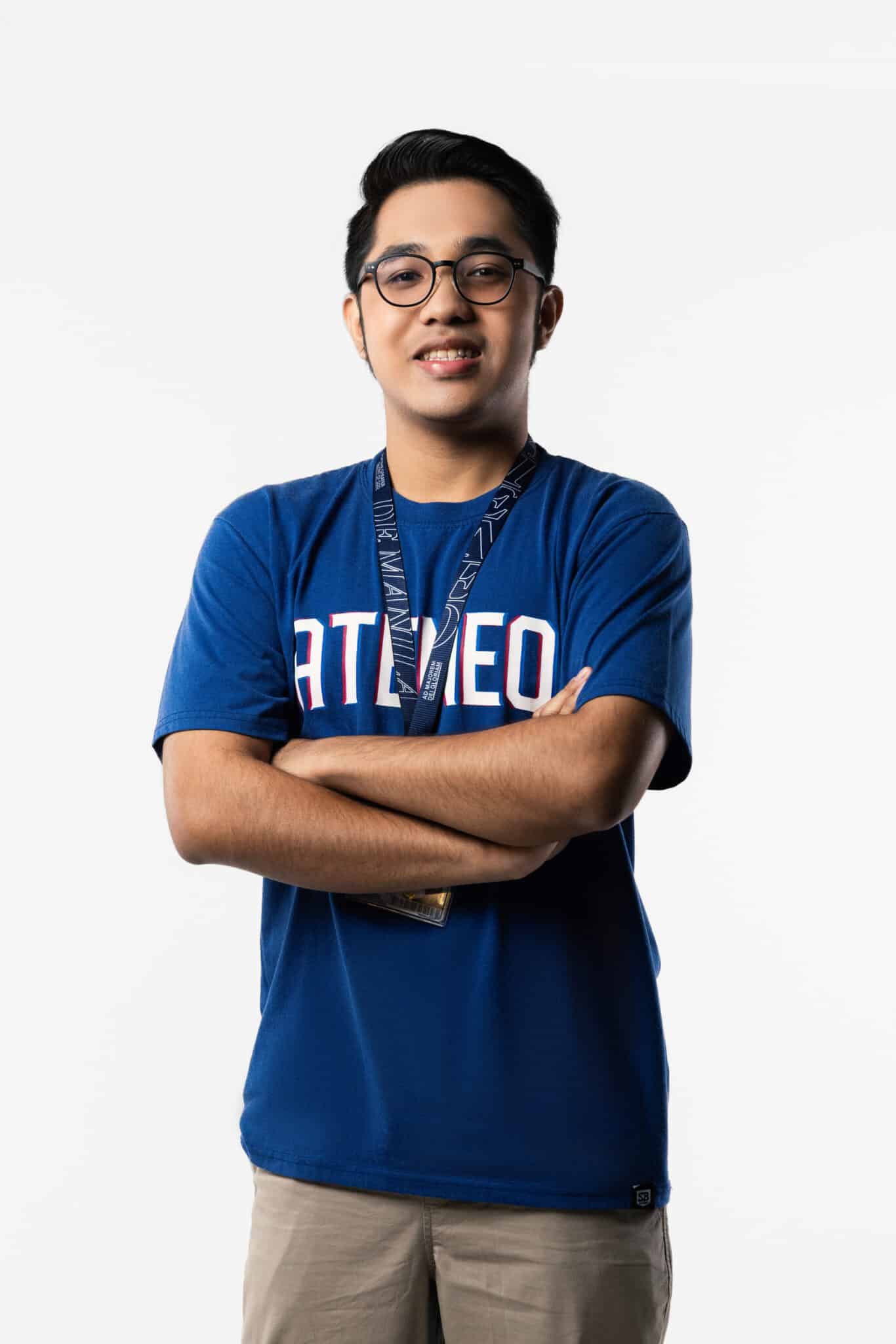
If there is one thing a journalist would want to do, it is most likely to tell the stories of the silenced and the unheard.
This is certainly true for Ryan Gabriel Suarez, the current Editor-in-Chief of The GUIDON, the official student publication of the Ateneo De Manila University.
Ryan took a liking to storytelling growing up, exploring the world of fiction throughout his high school years. So it seemed a giant leap for him to take a somewhat different path when he decided to enter Ateneo’s prestigious student publication in college.
“Before college, I hadn’t had a lot of journalistic experience. I applied for The GUIDON for the features staff because I felt that would be the section that would be nearest to my skills,” he said.
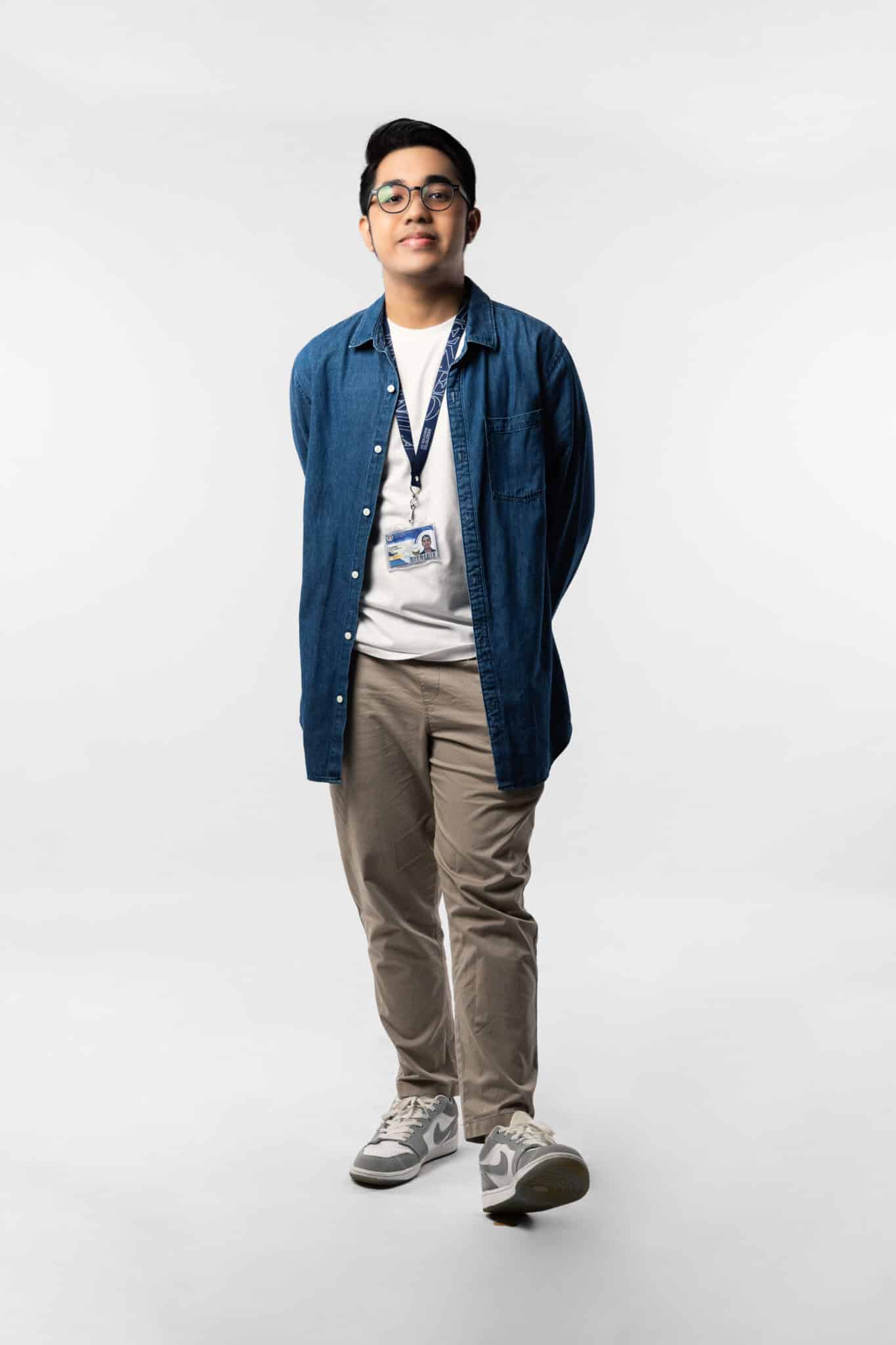
While creative writing has remained one of his passions, venturing into the journalism sphere made him discover one vital realization:
“While fiction serves as a catalyst for changing our mindsets and all that, journalism gives us an actual sneak peek into how reality is, how there are a lot of different faces of reality and there are so many struggles that go unnoticed.”
There seem to be a lot of narratives on the ground that are deliberately being concealed and journalism, for Ryan, is a perfect avenue to bring these stories to the surface, to the mainstream discourse.
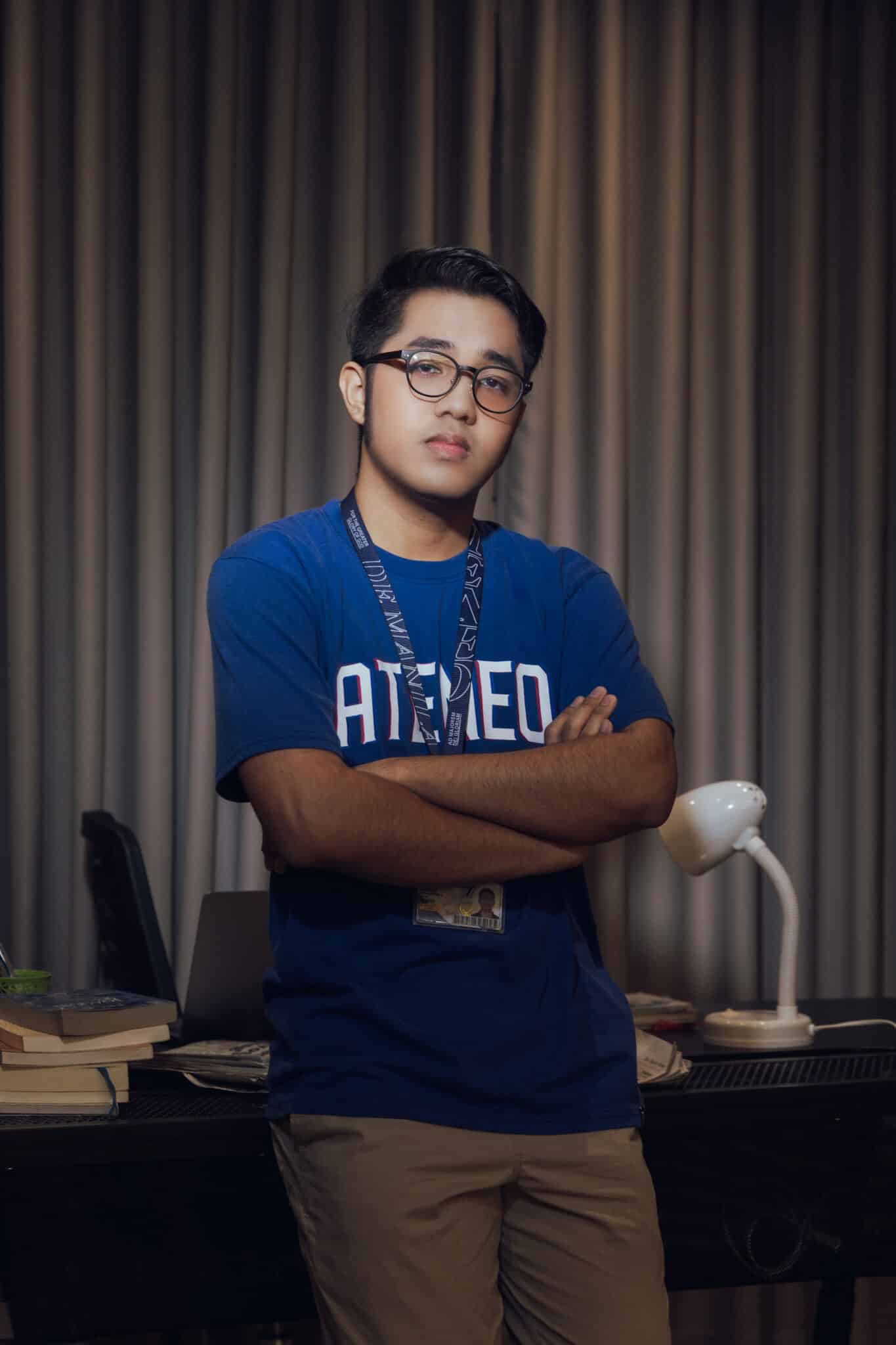
As a student journalist, he has advocated for a kind of journalism that never shies away from uncovering the realities of the sidelined communities. The refusal to document these undocumented phenomena is to allow the flourishing of society anchored on injustice and lies.
His commitment to journalism would further deepen when he once had a dialogue with the residents of Laiban, Rizal. This community had difficulty accessing information due to lack of access to electricity.
With almost no source of information, the opportunity to fully utilize socio-political privileges like voting and online communication has been taken away from these people. And this harsh reality often went unnoticed in mainstream media.
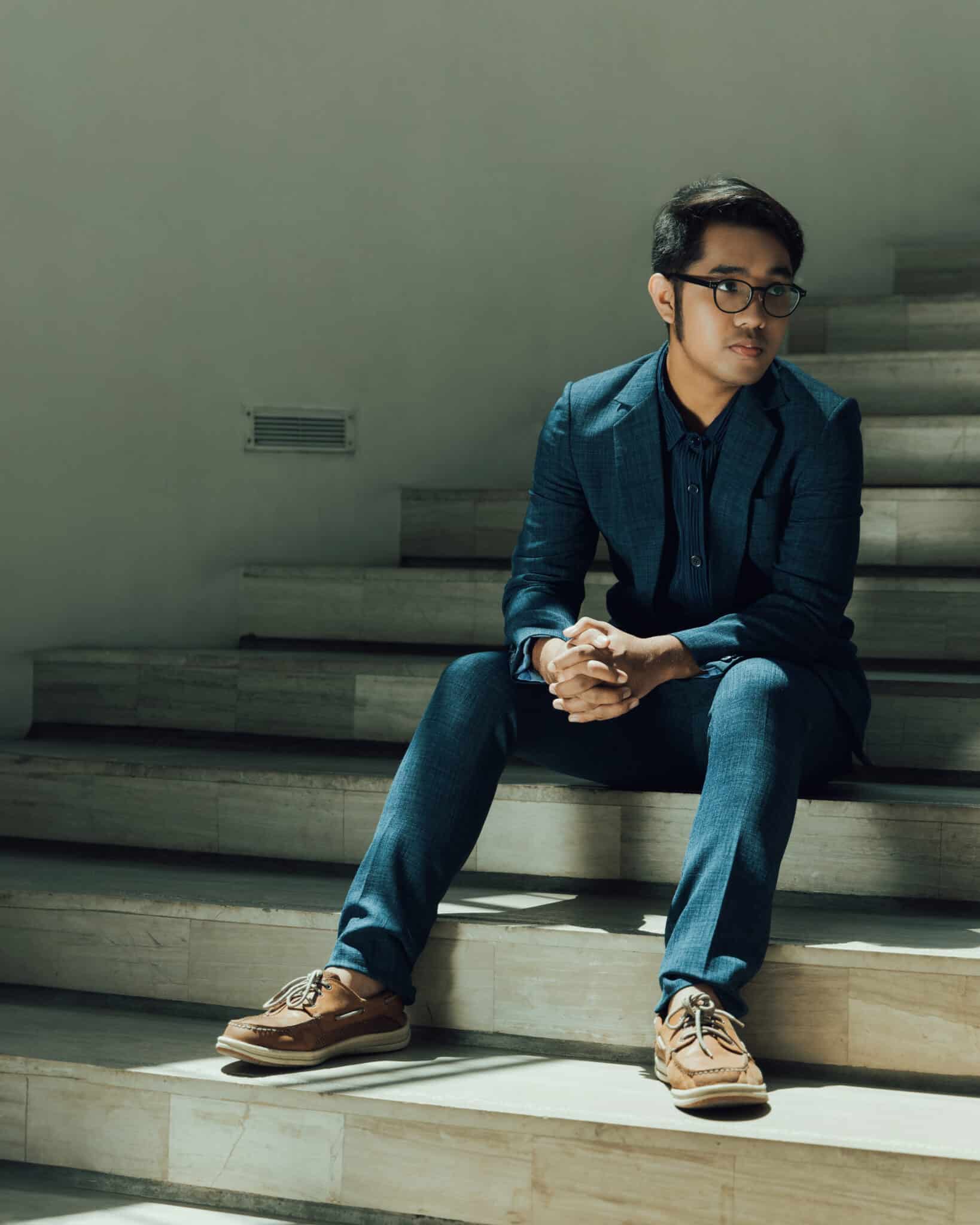
This made Ryan fully see the importance of being a campus journalist—the ability to make the hidden visible to the public with the help of new technology.
While social media is plagued with disinformation, he believes that this digital platform could be of great help in amplifying stories if used correctly.
“Social media has been a very prominent avenue for a lot of narratives to arise. You have to package these stories in a way that would resonate with other people. And it can be done through humanizing a lot of these issues, a lot of these narratives so that people can empathize and see the face behind these issues,” he said.

When asked why he continues to be a journalist despite the danger, he responded gently that he took inspiration from his fellow journalists in The GUIDON community who made his journey of delivering the truth more worthwhile.
Ryan is currently taking up a bachelor’s degree in Developmental Studies. He is set to graduate from Ateneo De Manila University next year but his fight for press freedom will continue.
Journalism is storytelling

Ana Mapa has been a journalist since a kid. She sees journalism as a way of telling stories of the people and for the people.
Serving as the current Editor-in-Chief of The LaSallian, the official student publication of De La Salle University, Anna began her journalistic journey way back in her grade school days in Bacolod.
But it was in high school that she really felt the importance of student journalism. Meeting with other fellow journalists in Negros made her realize that journalism could also go beyond what’s happening within the school premises.

“So parang student journalism is really going beyond writing for your school but really writing for the world, writing for a certain advocacy, and much of that I really owe to [these] people,” she said.
So when she entered the university publication, it seemed not shocking to her to see the vast potential of campus journalism and how it was not confined to just writing and taking pictures.
In her entire journey as part of The LaSallian, she realized that she was no longer writing for the university but also for the people who read and were moved by her stories.
“When you write stories now in journalism, these stories aren’t ours, but also ours to tell because the people who tell them, they’re censored; the people who tell them may not necessarily have the means or platform to,” she shared.
This is what she meant with journalism as storytelling—everyone is part of the narrative. When you write stories, these stories are no longer your own but also of others.

Aside from being an experienced journalist, Anna is also a climate and renewable energy advocate in her hometown.
“I was into the climate advocacy, renewable energy in Negros kasi it’s really such a big conversation there, especially stopping the power plants,” she said.
She participated in various local and international dialogues and conferences and has become a member of AIESEC, an international organization helping potential youth leaders develop their skills in advocating many things, including environmental causes.
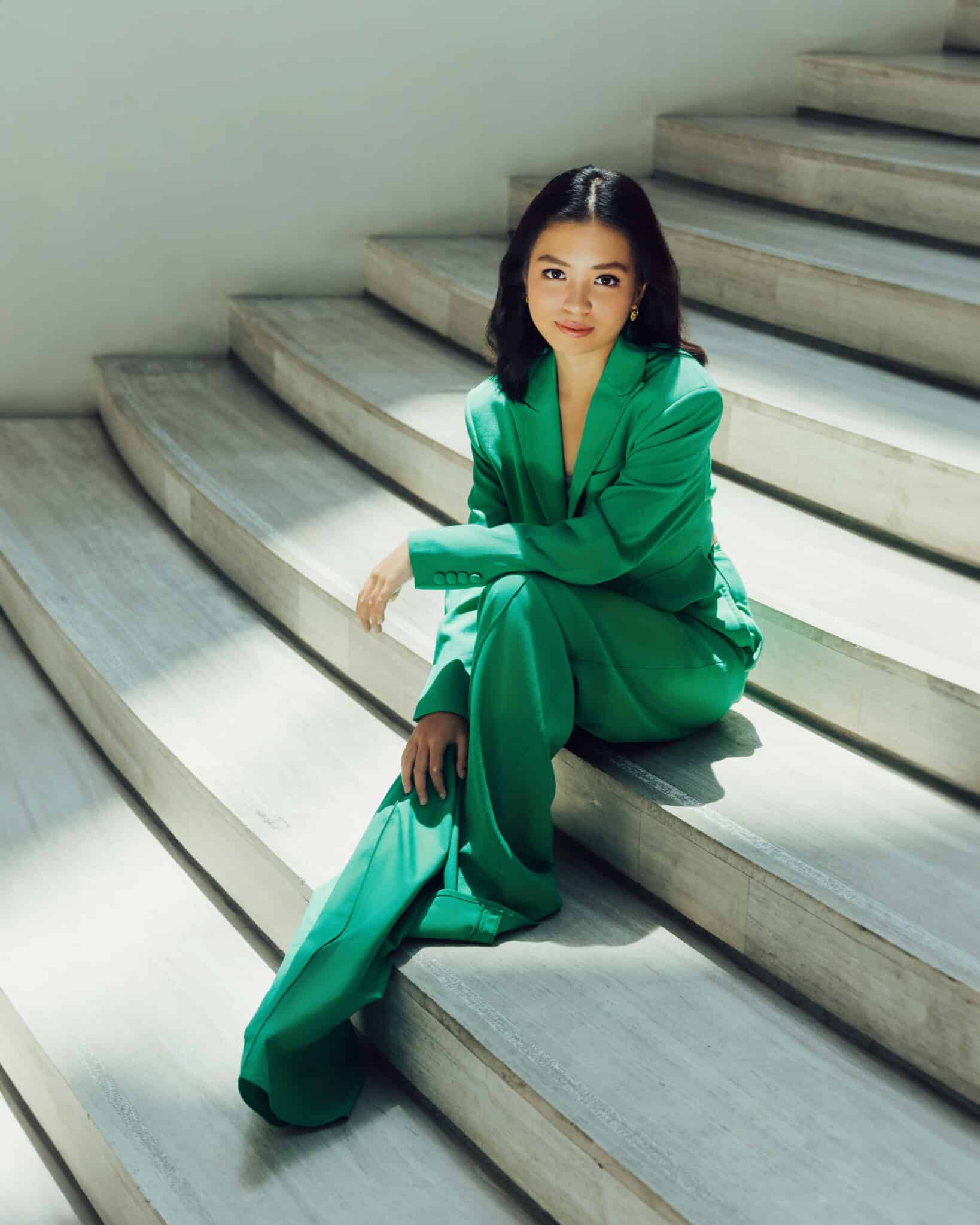
It was her first exposure sitting down at press releases and taking photos at rallies. That’s when she realized that her climate advocacy and student journalism are not really far different from each other. It was as if there was a bridge that intimately connects the two.
When asked what hampers genuine press freedom in the country, Anna immediately mentioned the constant threats and killings of journalists.
It was the beginning of her term as an Editor-in-Chief when some journalists were killed in broad daylight. The culture of violence towards media practitioners was so extreme that she often felt scared for her life.
However, it did not stop her from continuing to amplify the stories of marginalized communities. She knew she’s working for something bigger, something that could bring a substantial impact to society.

But what really made her continue journalism despite the danger is the comforting fact that journalists are never alone in doing their profession.
“When you’re a student journalist, you never work alone. Let’s say, even on publication, in operations, you never just have one writer there, there’s also photojournalist, sometimes videographer, so the thing that keeps me going as a student journalist is knowing that there are other people who still push for this knowing that as a collective, we could make an impact.”
Anna is currently taking up BS Legal Management, minor in Public History and Heritage. She will finish her term as The LaSallian Editor-in-Chief in September.
Going beyond the echo chamber
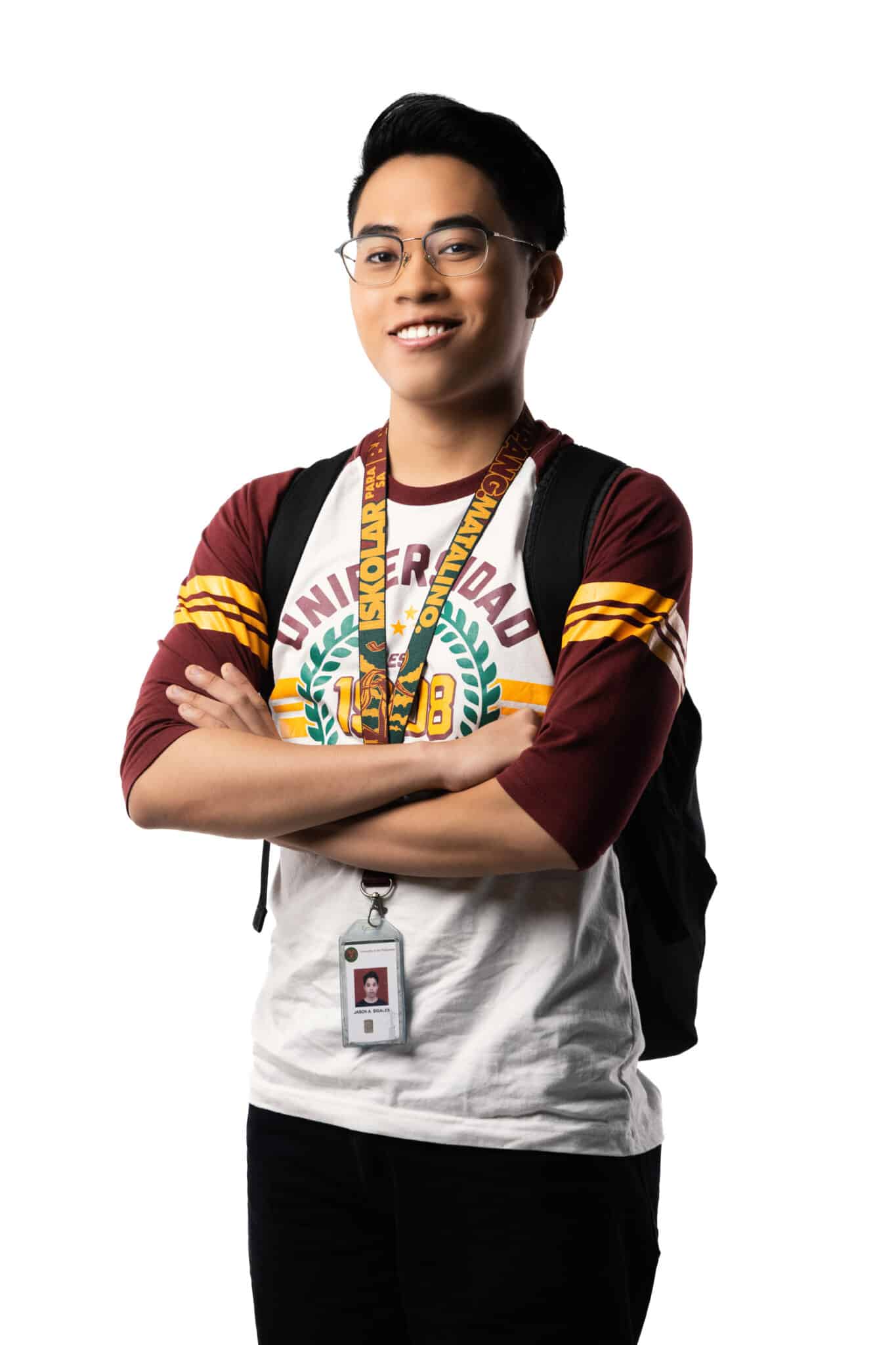
Fighting fake news means going outside your ivory tower and interacting with people on the ground.
This is one of the many things Jason Sigales advocates for.
He’s a former Editor-in-Chief and current staffer of Tinig ng Plaridel, the official student publication of the University of the Philippines College of Mass Communication.
Like many, his journey as a journalist began with him joining a school press conference for the first time in 2012 until it became a yearly endeavor.
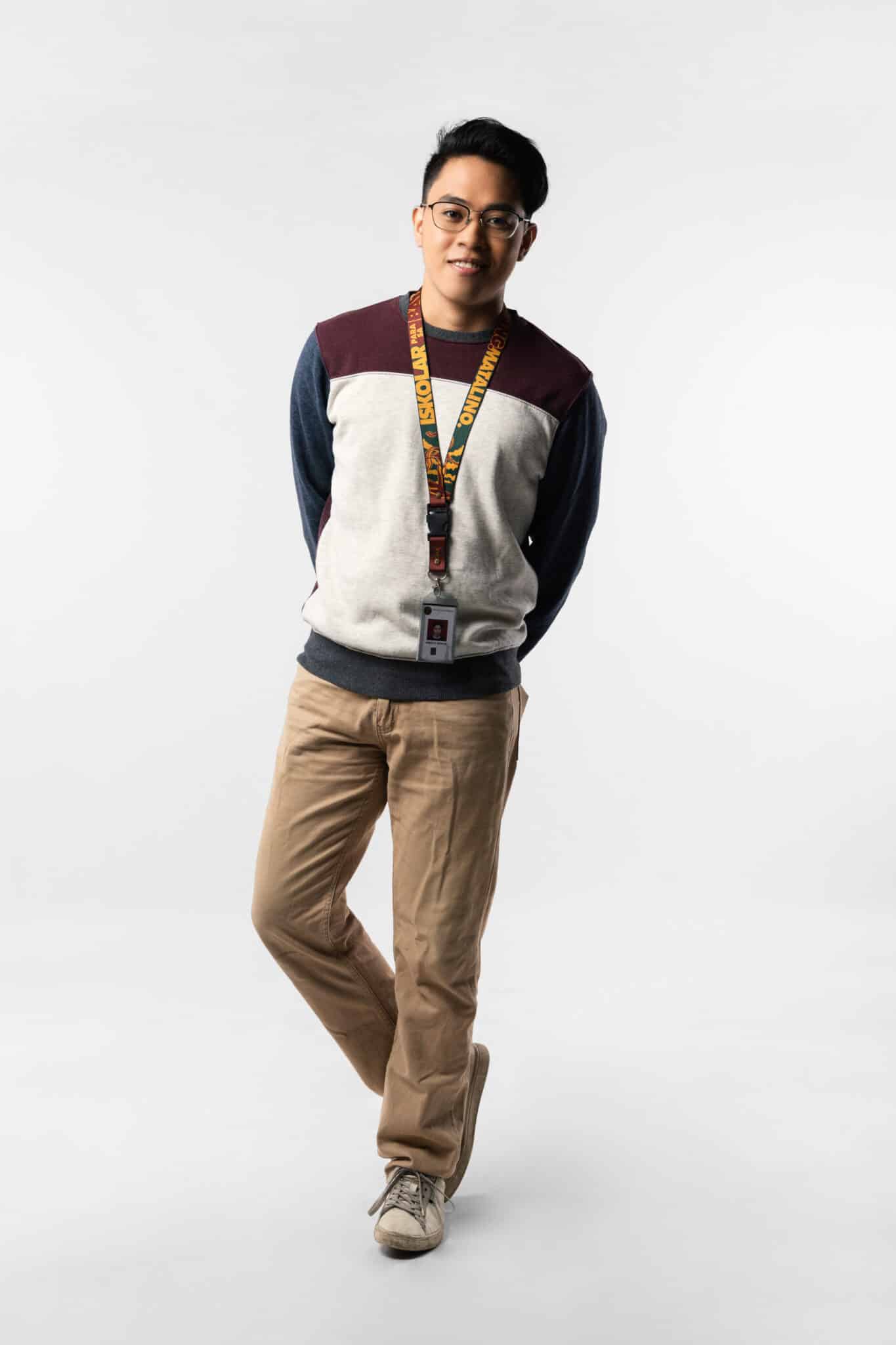
In 2017, he served as the Editor-in-Chief of his high school publication where he learned and explored the idea of telling stories both in print and digital media.
Falling hard into the practice of journalism at a very young age, he took up a journalism degree at UP Diliman and later on joined the student publication of his home college to further enhance his ability to deliver news to the people.
There, Jason gradually learned the different methods of verifying and selling news stories in public in the context of technological advancement.

With the ongoing digital shift of many industries and sectors in society, the right to access accurate information has been constantly hampered by misinformation and disinformation. The terrain for accessing information has shifted to social media where the exchange of ideas and information has almost no limits and filters.
For Jason, combating false narratives in these digital spaces requires going beyond the echo chamber.
“When we talk about combating disinformation po, we can’t just do it above all of our own, we can’t just do it in an echo chamber. We really have to go where the people are… [it] would be more beneficial po talaga to go to where disinformation is,” he said.
But more than just going where the people are, he believes journalists must also adopt an innovative way of storytelling and delivering news to social media platforms that can be easily comprehended by many, not just by a few.
“Mas effective po siya kaysa sa puro words na no one understands, or research na no one understands. Para maintindihan po talaga to reach more people who need it the most,” he added.
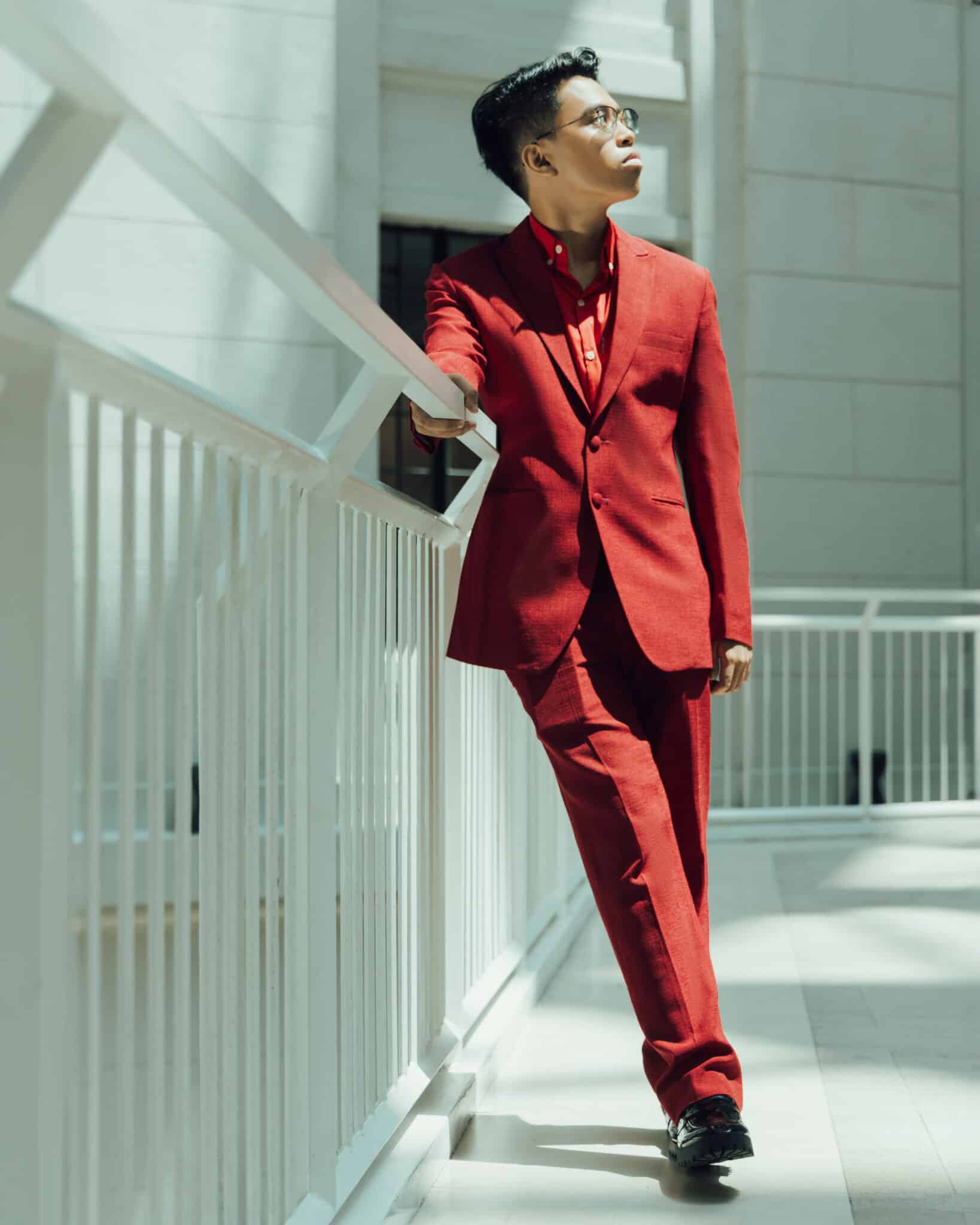
Like other student journalists, Jason also emphasized the culture of violence against media that has primarily hampered press freedom in the country.
Yet one issue that he thinks also needs to be addressed is the lack of institutional and financial support for student publications which also put their lives at risk in uncovering realities on the ground.
“As much as ‘yung fear is an issue, I think ‘yung kawalan po talaga ng support is ‘yung indirect way na nagtsa-challenge sa freedom of the press. If ‘yung campus level palang po hindi na ma-support, what much more if ‘yung outside of that,” he said.
Jason hopes to enter the media field as a professional media practitioner to uncover more stories that have not yet been reached by mainstream media.
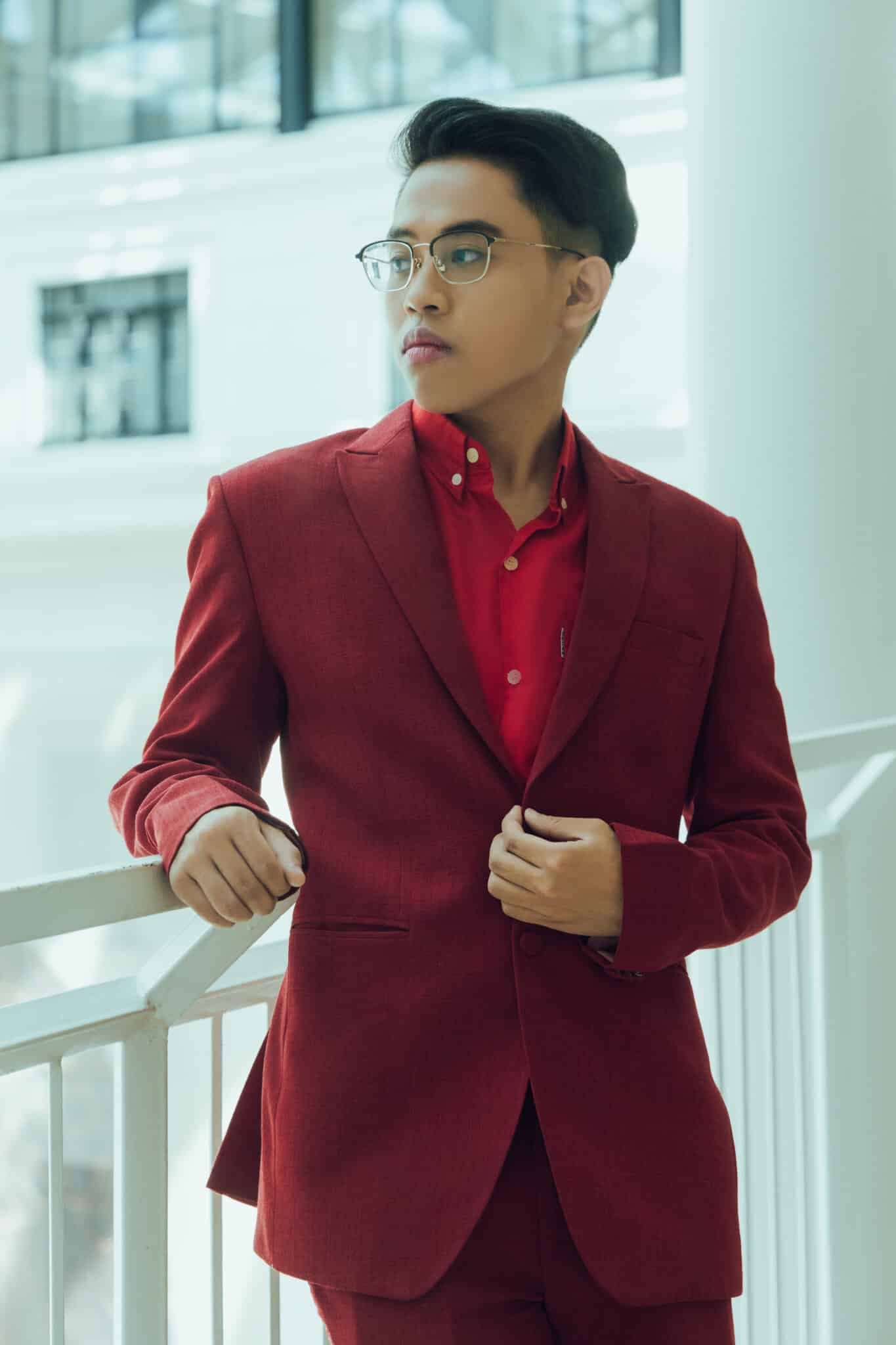
He is currently an intern at ABS-CBN Patrol ng Pilipino, a multimedia platform that mostly delivers daily news on known social media platforms like TikTok and Facebook to reach more audiences.
Serving the community

To be a journalist is to serve the people.
It may sound cliche but that is the noblest act for student journalist Mia Seleccion. But unlike a typical student journalist, her journey was one of a kind.
Mia is a person who has an extreme fondness for writing. She began writing recreationally way back her high school days until it became a habit of hers. In fact, she would often grab any opportunity that deals with writing.

Later on, she would enter the world of freelance writing as a professional writer. From writing solely for herself, she would soon learn how to write for others and help them bring their stories to the general public.
It was never her dream to become a journalist.
“Actually, my journey as a student journalist, it wasn’t planned at all. Being a student journalist wasn’t actually something that I envisioned myself to become,” she said.
But everything seemed to have changed in college, especially when she joined the CASA Chronicle.
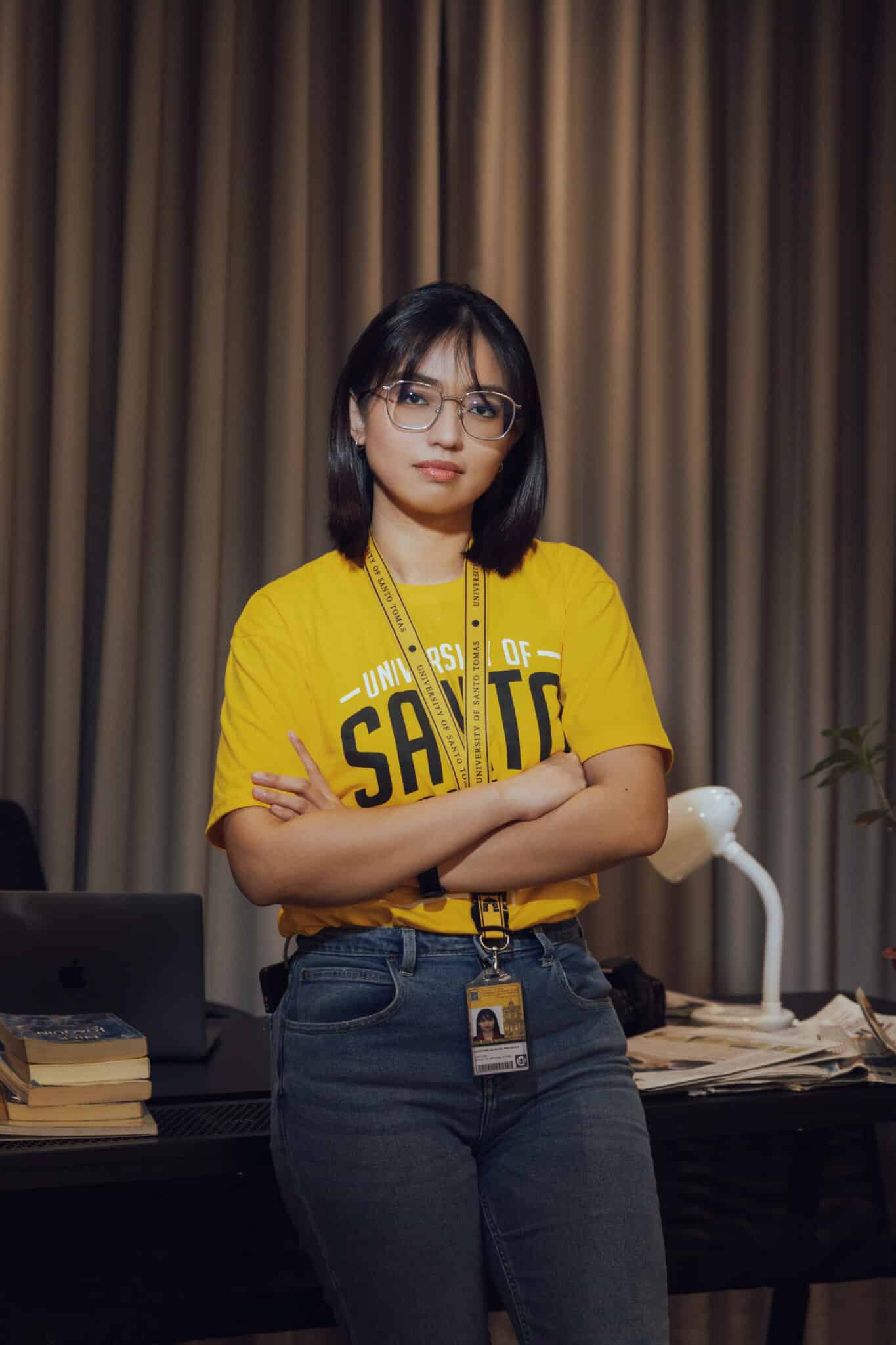
CASA Chronicle is the student publication of the Communication Arts Students’ Association (UST CASA), the official organization of Communication students at the University of Santo Tomas.
The publication, founded in 1991, stopped its operations over the years for some reasons. With its relaunch in 2022, Mia was appointed as the Editor-in-Chief despite having limited exposure to journalistic writing.
As a matter of fact, her appointment was just the starting point of her journey as a student journalist—something that was so uncommon in campus publication.
“Usually when you join a campus press, you start out as a writer and you work your way up [so] you can join the editorial board as you gain experience. But as for me, which is what actually makes it a little bit overwhelming because I immediately joined the editorial board as the leader of it,” she said.
Aware of her lack of experience in journalism, she would always doubt herself along the process. But being the brave person that she was, she stood firm in her decision, proving to the world that nothing is impossible if you put your heart and soul into it.

During her term, she gradually saw the power of the campus press in producing stories that help people be informed and vigilant.
Born in a generation so adept at new technologies, Mia perceived social media platforms as a double-edged sword: it may help or rupture our access to accurate information.
But while these platforms can propagate disinformation and misinformation that negatively affect press freedom, she still believes that journalists must never leave these spaces.
Journalists must hold the line by engaging with misinformed narratives on social media. Leaving them means allowing more fake news to thrive.
Despite all the struggles she experienced as an Editor-in-Chief along with the constant media attacks by internet trolls, Mia never even thought of giving up.
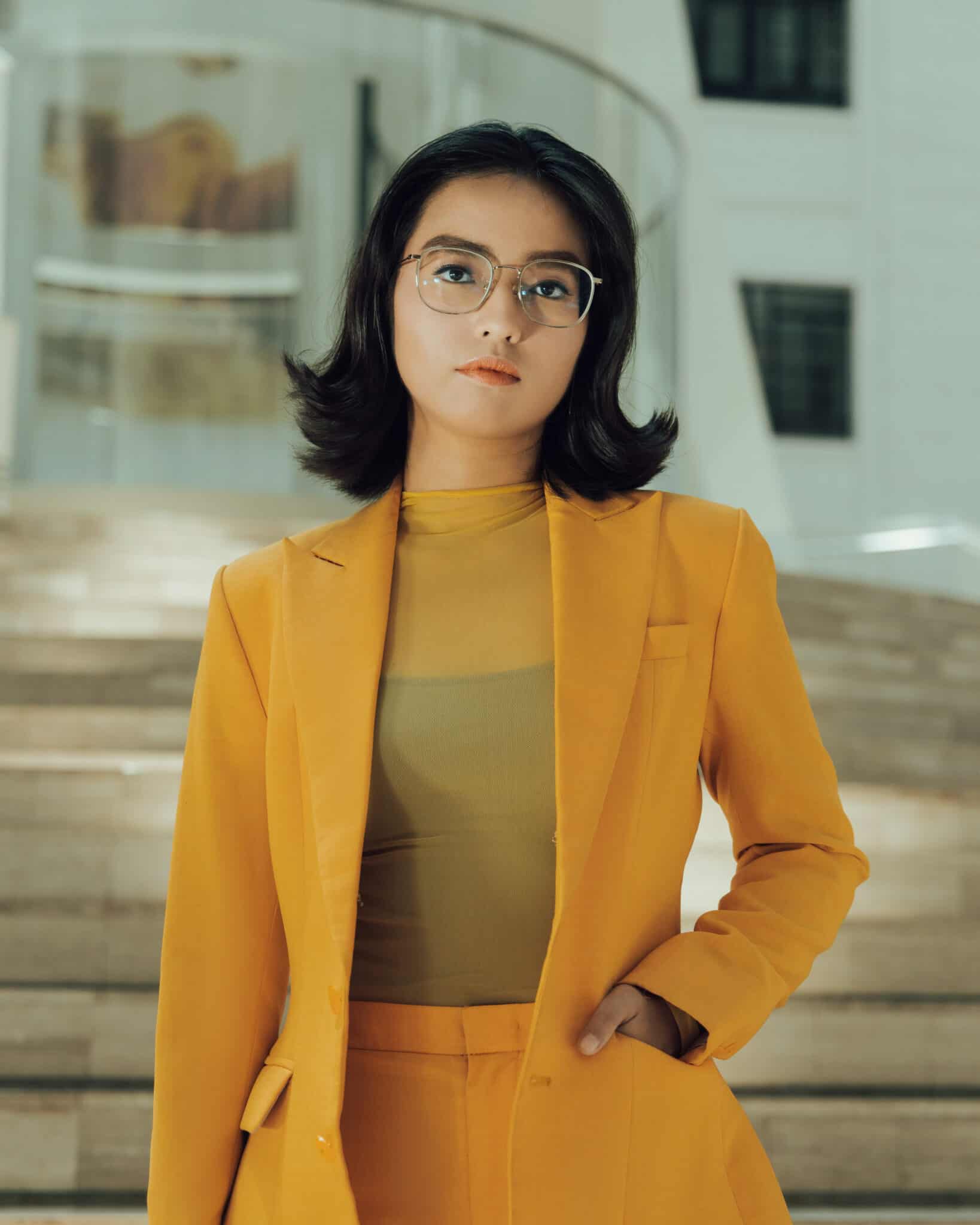
Guided by her newfound journalistic career, she claims that every journalist must serve the people and be the voice of the community. They must uphold the integrity of the information by always siding with the truth.
Mia just finished her term as the Editor-in-Chief of UST CASA Chronicle in May after serving for almost a year. She was also a former intern at Rappler.
Truth is power

If you are scared, remember that you have the truth on your side.
This is one thing that Aime Atienza has learned in her long journey as a student journalist.
Aime grew up in a family of business people. Her parents owned a business while her sisters took up business courses in college. So growing up, she thought she would also end up in the same field as her siblings.
But little did she know, she would enter a world that is extremely different from her family background—journalism.
How did she end up pursuing the path of being a journalist?
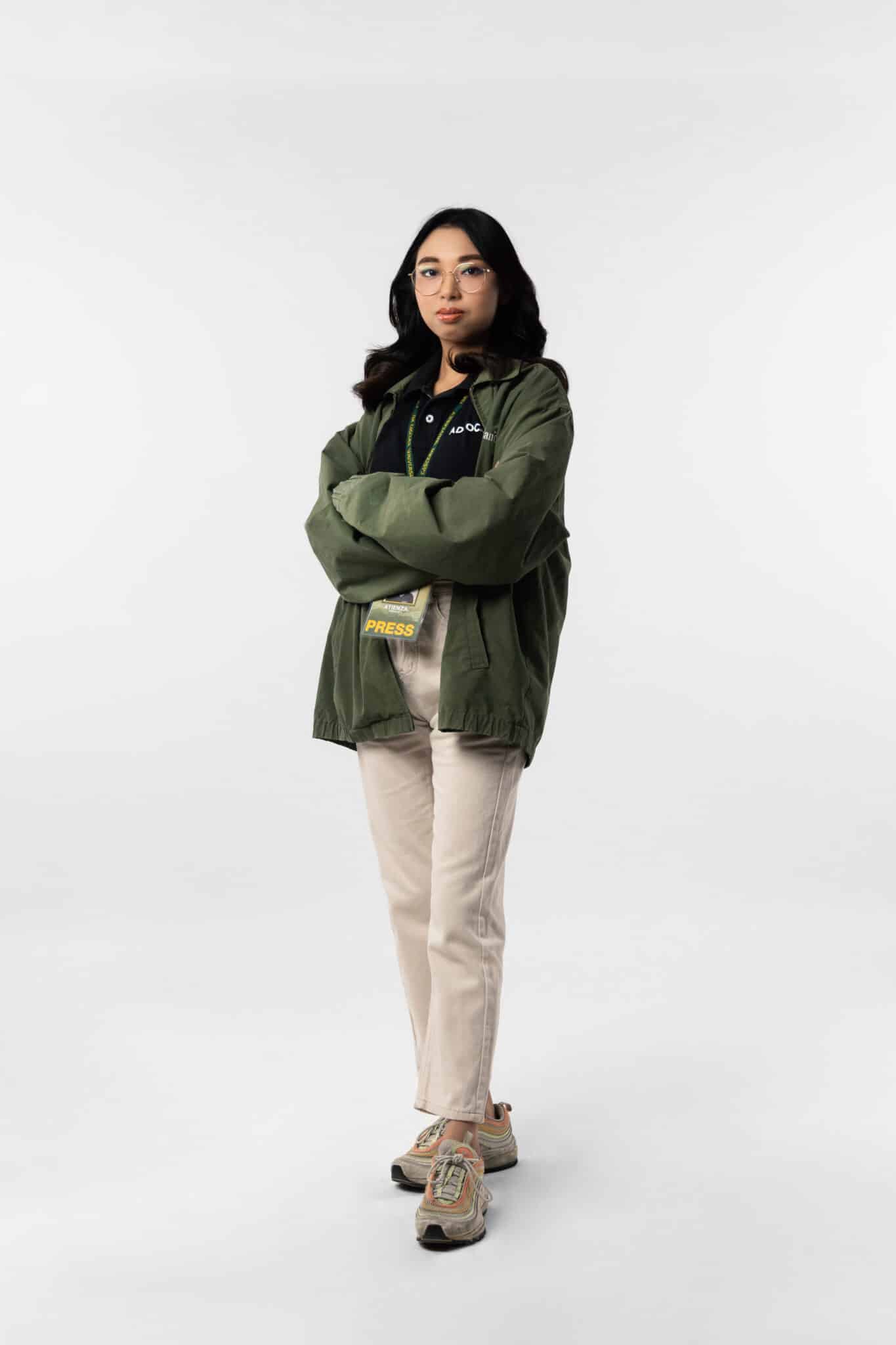
It all started when she was in fourth grade. One of her sisters back then was among the best news writers in high school. Aime’s teachers thought that she could also do the same thing.
She was appointed as a sports writer at a very young age despite having no interest in this field.
“They appointed me in that position and the empty slot na lang doon was sports so I have no choice but to learn about sports writing,” she said.
When she entered junior high school, Aime temporarily stopped being a journalist for two years until she was invited to be a broadcaster for TV in De La Salle High School Lipa. While she enjoyed being a broadcaster, she would later go back into sports writing during senior high school until she finally fell in love with the allure of journalism.
No wonder she immediately applied for a journalism course at Far Eastern University – Manila. When asked about the reaction of her family, she cheerfully responded:
“Actually, they were very supportive kasi parang na-realize siguro nila na ‘wow may iba silang interest aside from business’.”

She would join FEU Advocate, the official student publication of Far Eastern University, and would later become a sports writer and editor.
As a student journalist, she found it hard to fully exercise and uphold freedom of expression and the press due to institutional constraints innate in every private institution. While journalists are reminded to serve the people, their actions are limited as they too also need to follow some rules.
Despite these limitations, Aime did not hesitate to air out stories that people need to see, especially now that disinformation has become a big issue in Philippine society.

For her, fighting fake news must start with journalists not producing half-baked stories. All news must be subject to careful fact-checking and research before releasing.
With the continuous red-tagging of journalists on social media, she reminded all journalists to be brave and never let anyone stop them from pursuing the truth. Truth is power. It can be used as a powerful tool against deception and injustice.
For Aime, journalism should serve as a platform for people to speak their truths and know about all sides of the story. Press freedom can be fully achieved when people have the media avenues to forward their concerns and learn about current events in the most accessible way possible.

Aime is currently an incoming fourth year communication student, majoring in convergent media. She now serves as the current Editor-in-Chief of FEU Advocate.
Being biased to the masses
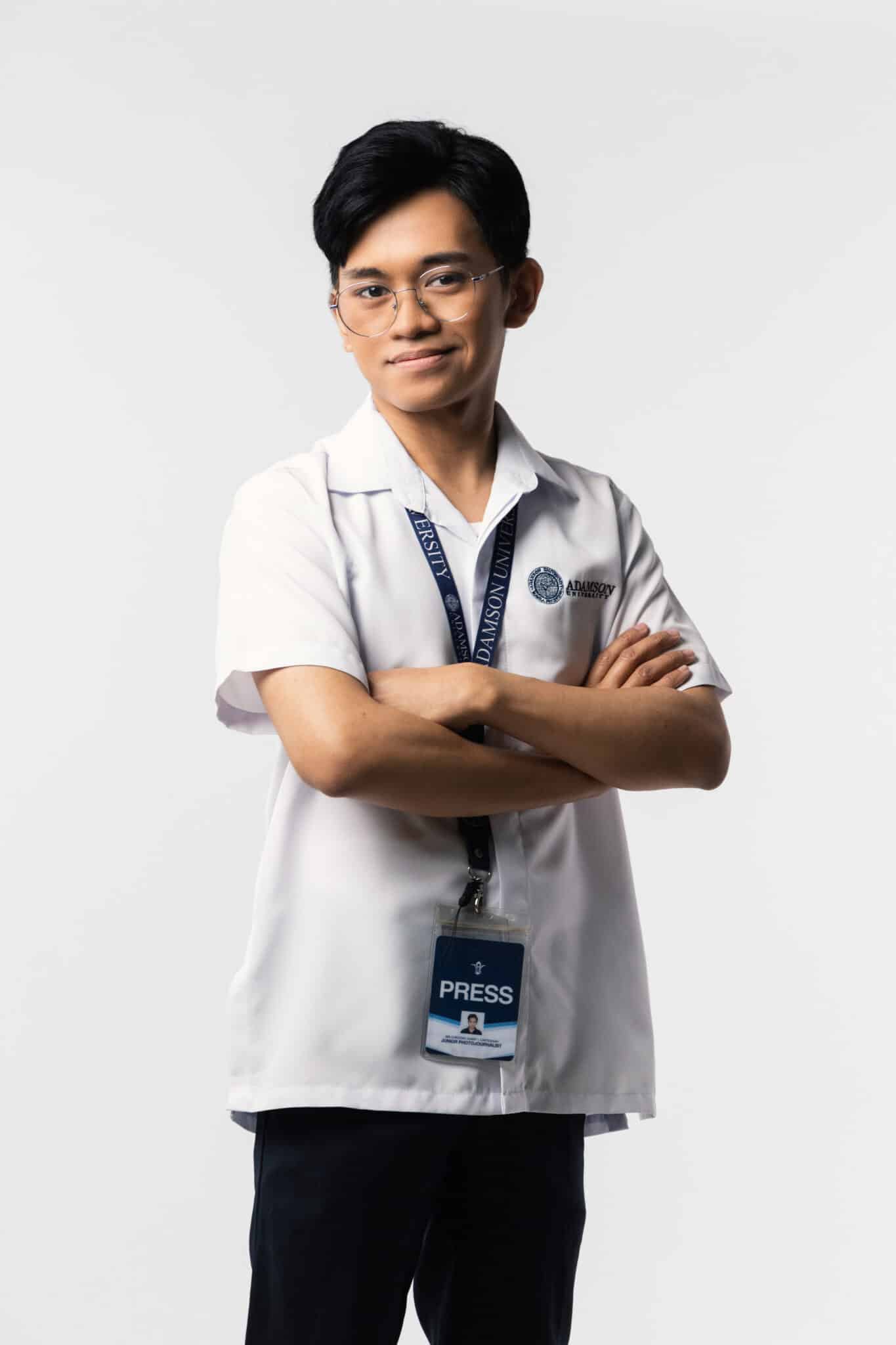
The term bias may often connote a negative definition for many but once put in the social context of journalism, it could become a liberating term.
For student journalist Ian Capoquian, being biased isn’t necessarily bad, especially if it serves the interest of the masses, the very people all journalists must vow to serve.
Ian is the current Editor-in-Chief of The Adamson Chronicle, the official and autonomous student publication of Adamson University.
But before he became the leader of one of the prestigious campus publications in the country, he first went to a series of challenging events that forged his commitment to always side with the truth.
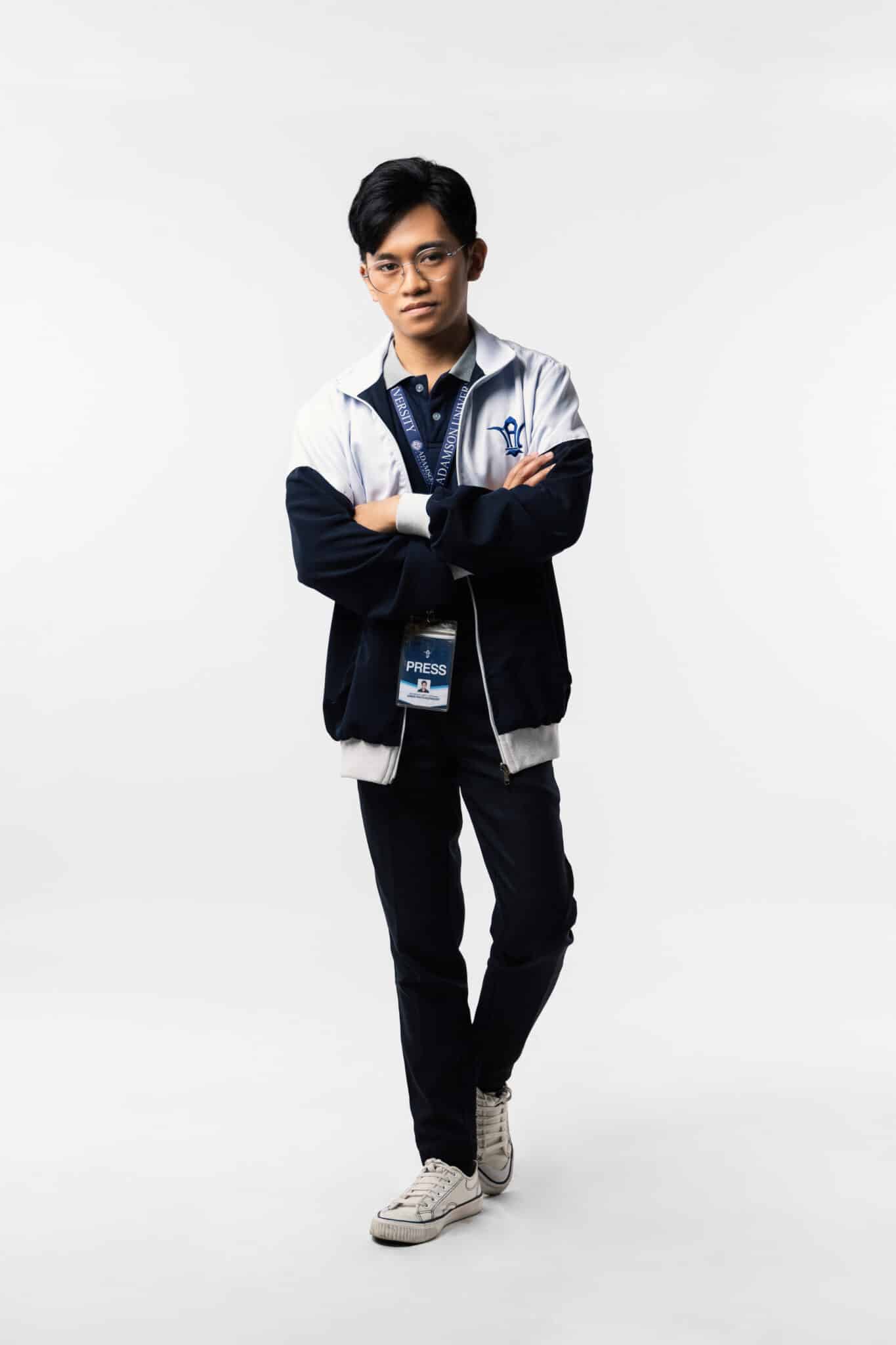
Born and raised in the province of Batangas, Ian joined his high school publication as a curious kid.
“Narinig ko [na] merong nagha-hire kasi ng journalist doon sa school namin so I joined without knowing any format sa journalism. Gusto ko lang sumali sa ganyan kase gusto kong ma-experience tungkol saan ba ‘yon,” he said.
He started as a news writer before he was transferred to the feature writing field. In tenth grade, he suddenly had the urge to be a photojournalist but was not able to pursue it due to a lack of equipment to use.
Fast forward to senior high school, he decided to leave his hometown to study at Adamson University in Manila. Unfortunately, there was no established organization for journalists during his time given that it was also the first year senior high school under the K-12 program was implemented in the country.
Unable to continue his love for journalism, he just spent his senior year focusing on academics. Two years had passed yet never in the slightest moment that his passion to write for other people fade away.
He immediately joined the publication during his first year in college at the same university while taking up a degree in mechatronics engineering. But realizing the disparity between journalism and engineering, he shifted to the communication field without hesitation.
“Hindi ‘yun alam ng parents ko, sinabi ko na [lang] wala na silang magagawa, nag-shift na ako,” he said while smiling.
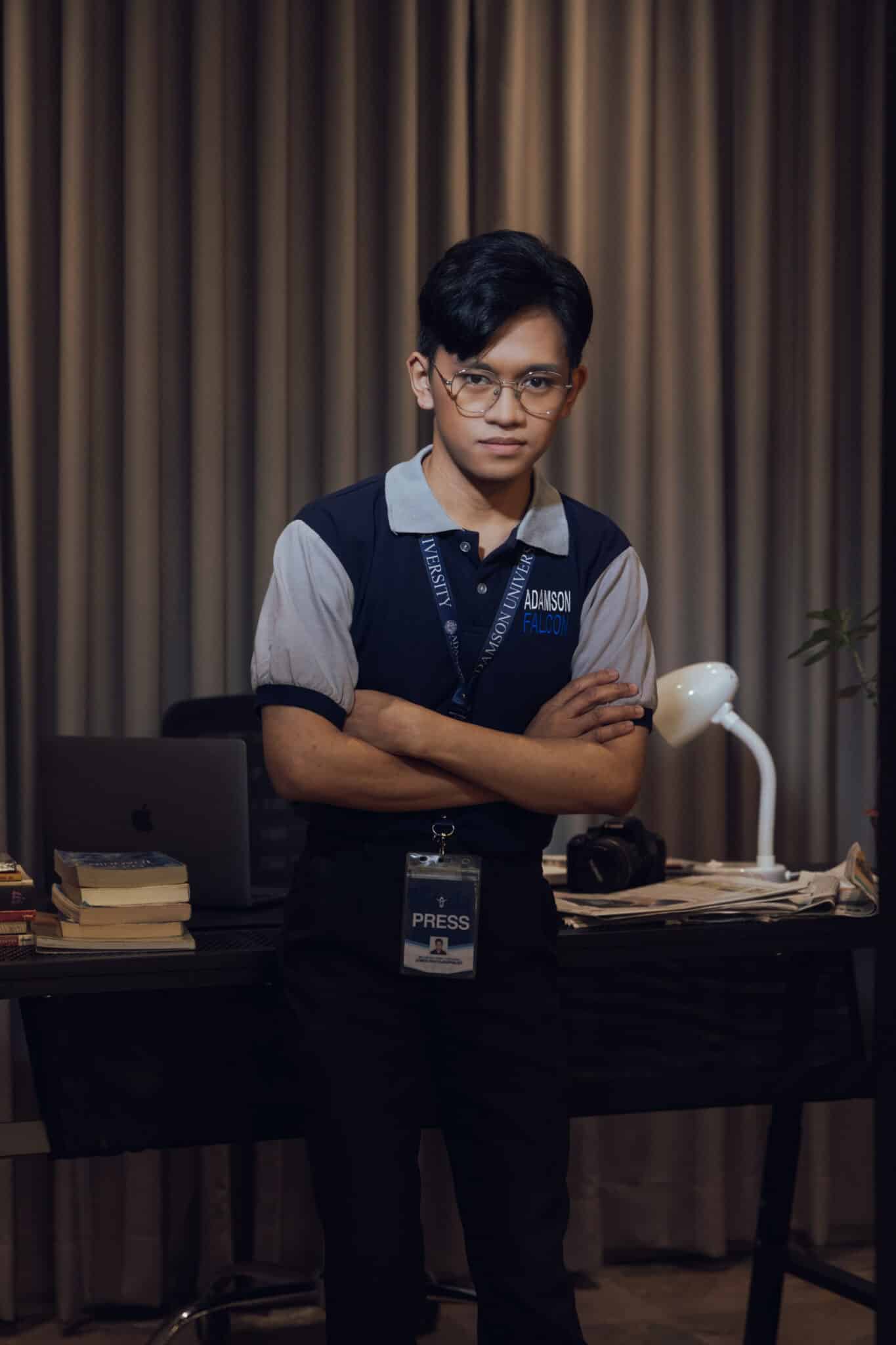
Ian started as a photographer in The Adamson Chronicle. Yet his becoming an Editor-in-Chief was something that he never expected nor aspired as someone who deliberately avoided being part of the editorial board for years. But given his exceptional skills and experience, it seemed inevitable.
But one thing would temporarily hamper his journalistic journey—the pandemic. The spread of the deadly COVID-19 virus in the country has gravely ruptured health and economic sectors, forcing many students to halt their studies. One of them was Ian.
He had no choice but to stop his studies for almost a year after his family was severely affected by the virus. When everything went alright, he joined again in the publication as a probationary staff.
Inside the publication, however, a series of internal problems would occur, leaving Ian—one of the senior journalists—no choice but to accept the request to be part of the editorial board. In just a short period, he would be appointed as the new chief of The Adamson Chronicle after the associate editor and editor-in-chief resigned. His journey was indeed a roller coaster ride.
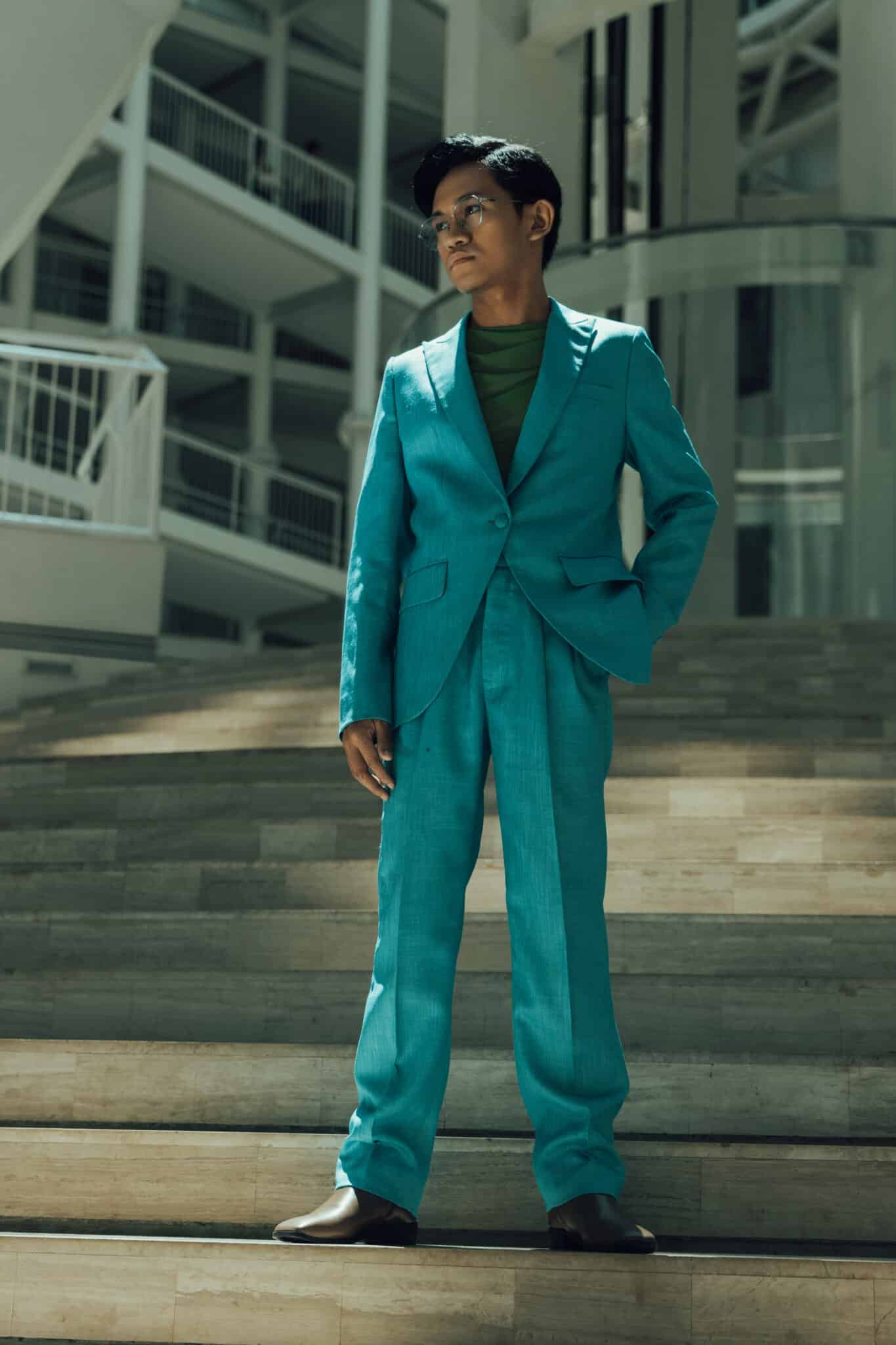
Under his term, the publication had to endure many struggles brought on by the transition to face-to-face and attacks on social media. In fact, one of his fellow journalists in the publication received a death threat because of an article they wrote last year. The school admin also told them to lie low in posting political articles yet Ian stood firm in his commitment to delivering the truth.
“Bakit kasi magla-lie low kung pwede naman ipaglaban diba,” he shared.
For him, the continuous media attacks and censorship put journalists in danger, violating their constitutional right to freedom of the press. He also reminded media people to never stop fighting disinformation as they are at the frontline of the battle against it.
He believes that student journalists have more edge in producing bold content compared to big media companies whose stories are filtered for business’s sake.

When asked what being a journalist means to him, he said that they must be biased toward the people because that is what journalism is for—serving the interest of the masses.
Ian is now in his final year in college. Aside from being a journalist, he is also a national democratic queer activist advocating for social justice and equality.
Opening the minds of people

There are many career paths that Mary Grace Tomines could have taken given her wit and ingenuity. Yet she chose to traverse a road that would most likely put her life at risk: journalism.
It all started in fourth grade when her adviser took her to a journalism seminar. It was her first exposure to the field and also the most remarkable one as it would serve as her starting point for pursuing being a student journalist. She began writing features after that.

Born and raised in Pangasinan, she went to Manila to study high school and pursue school journalism. However, her journalism journey was temporarily halted when she went back to her hometown.
Later on, she resumed her passion for writing in senior high school where she served as a news and feature writer of her school publication. Graduated with a special award in journalism, she realized one thing—
“Since nakabalik na ko [as a journalist], why not continue that in college life ko? Then sa 1st year po, ang una kong hinanap agad sa NU is ‘yung publication.”
She joined The National, the official student publication of the National University, as a staffer and would later be appointed as associate feature editor in her sophomore year then managing editor in her junior year.
Now in her final year in college, Mary Grace serves as the Editor-in-Chief of The National.
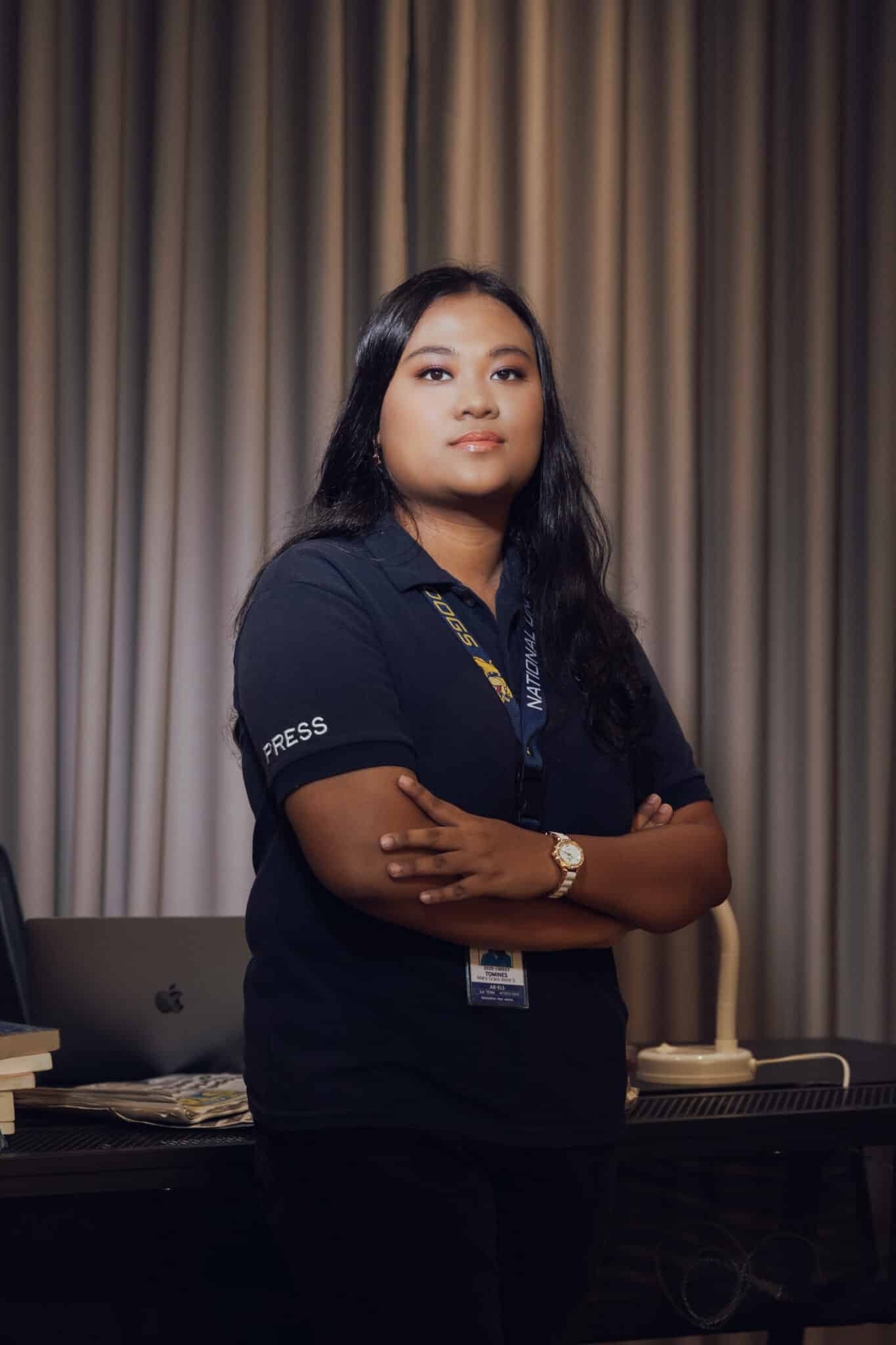
A prolific writer and fiction book lover, one might wonder why she chose journalism more than other writing fields like creative writing or academic research.
Mary Grace answered that journalism can expose even the most concealed reality in the country through writing.
For her, only a journalist has the power to open the minds of the people to finally see the truth that has often been distorted by disinformation.
But as the saying goes, ‘with great power comes great responsibility.’ So she reminded all journalists to continue attending seminars and trainings. Only by that, they will ensure that all the stories they will publish are free from error.
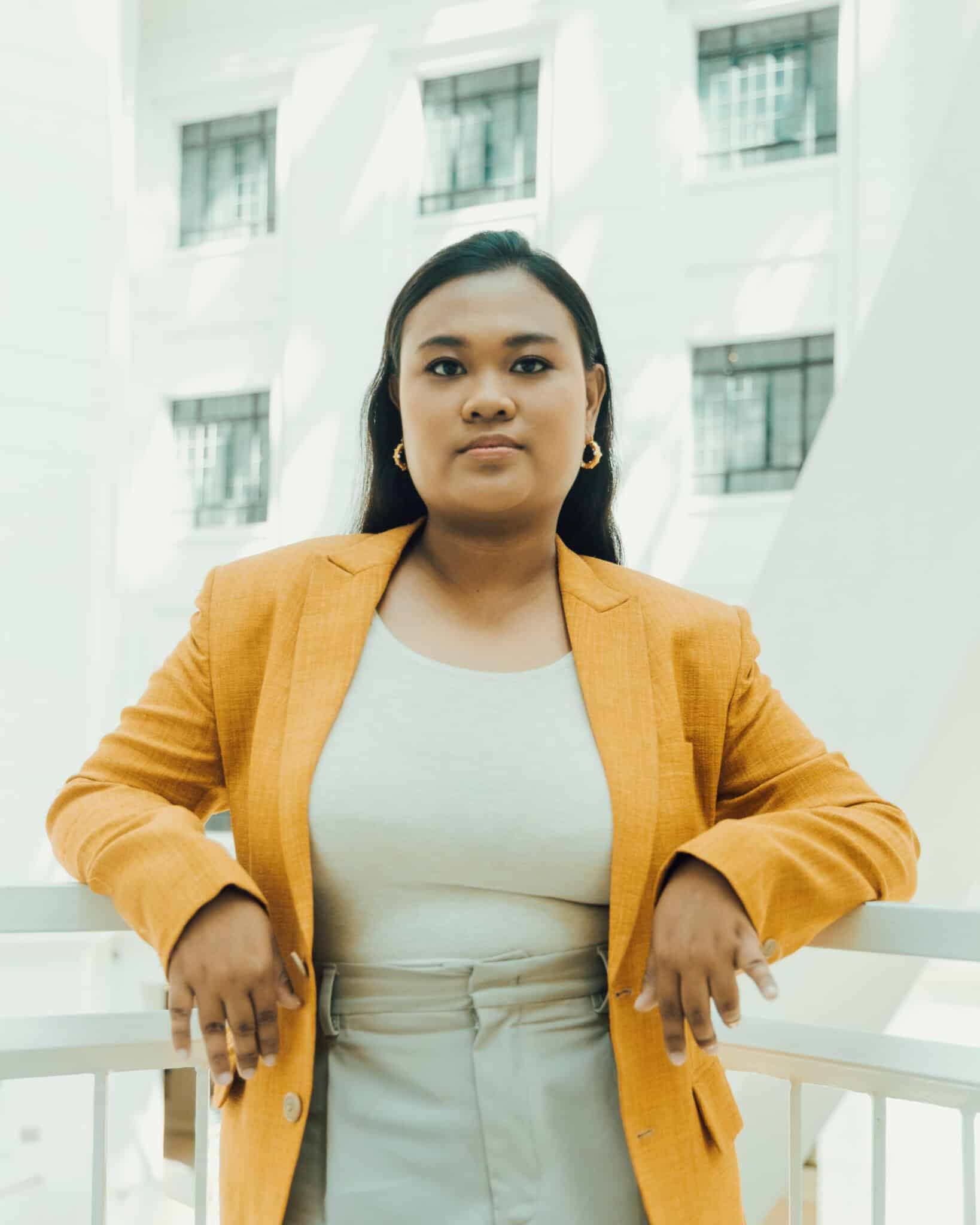
While she’s aware of the dangers of social media, she still believes that the student journalists of today must continue to engage with these platforms as they know more than anyone else how the internet algorithm works. That also means that they know how to combat fake news effectively.
Mary Grace has never doubted her decision to pursue journalism despite the danger that comes with it.
“I think and I believe that journalist is a very rewarding profession that one can have,” she said.
Why pursue a path so dangerous? Well, the road less traveled might be the road where Mary Grace could bring significant difference to the world.
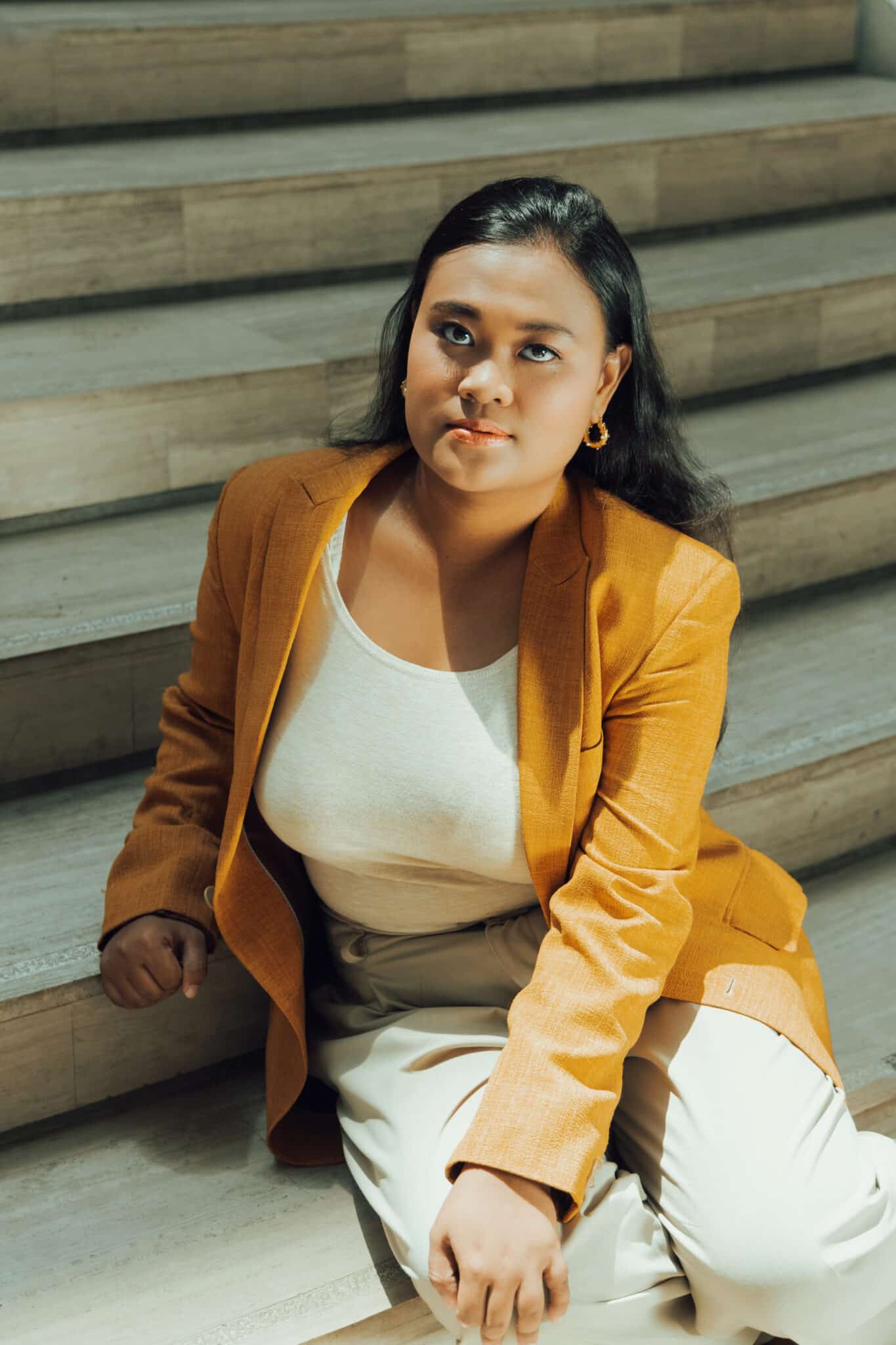
Mary Grace is currently taking up a degree in English Studies. She has been a full-time scholar in her university and a highly competent scholar of Pangasinan.
Exposing reality through pictures
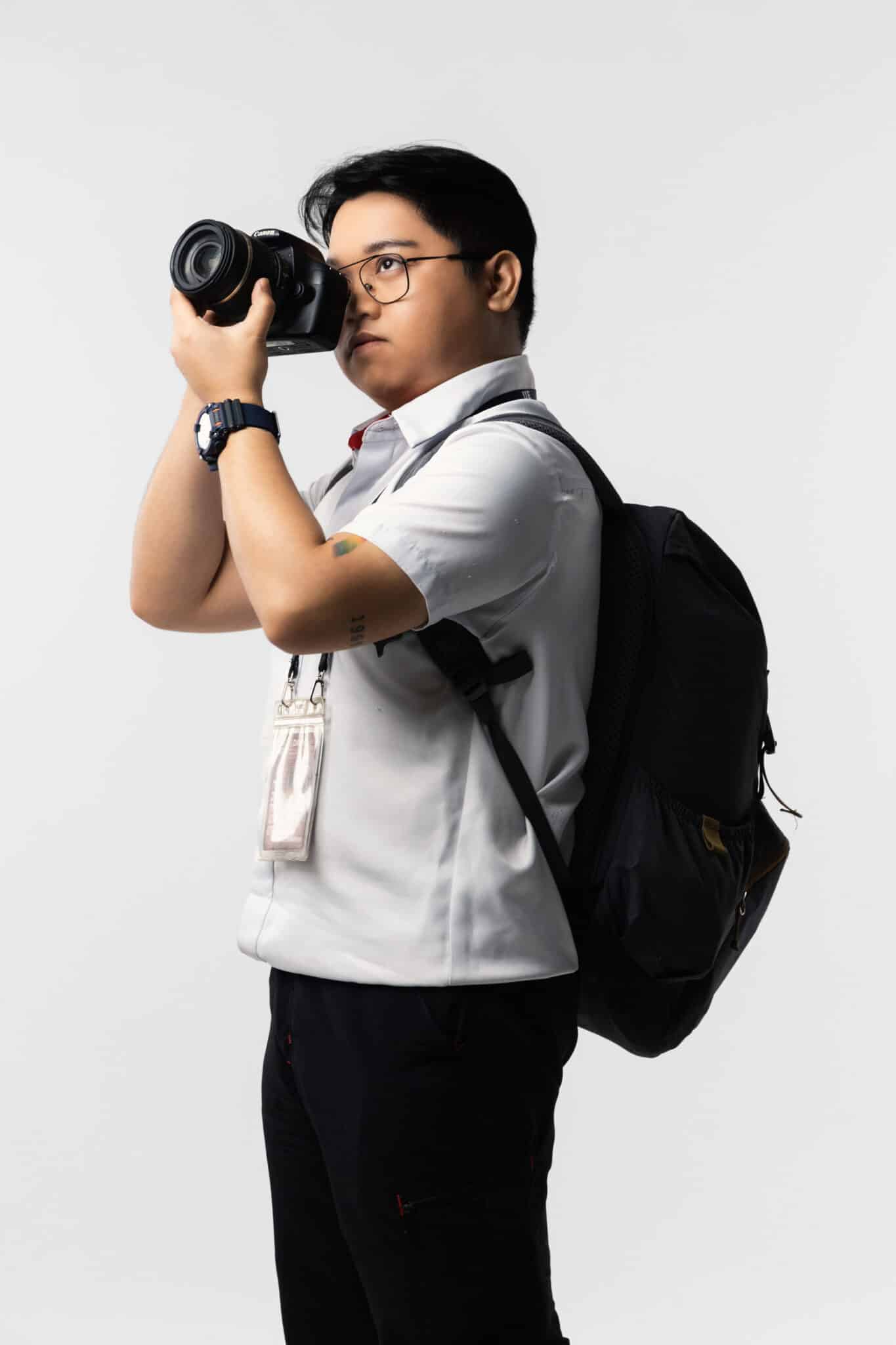
While many see journalism as a field for writers and editors, it would never be complete without the person who provides a visual aspect to publication articles—a photographer.
It has long been a passion of student journalist Luis Angelo Damian to take pictures. Pictures, after all, could also invoke stories.
His path in photography would generally begin in senior high school after he joined a photography organization in his school. In 2018, he was appointed as its president.
“‘Yung passion ko talaga is more on photography kasi mas doon ko nakikita ‘yung sarili ko, doon ako nage-enjoy,” he said.
Eager to further enhance his skill in taking pictures, he joined a college-level media organization as a photographer despite being a senior high school student. It was the beginning of his journey in another facet of photography—photojournalism.
When he entered college, he immediately joined the official student publication of the University of the East, The Dawn, as a probationary staffer in the photography department.
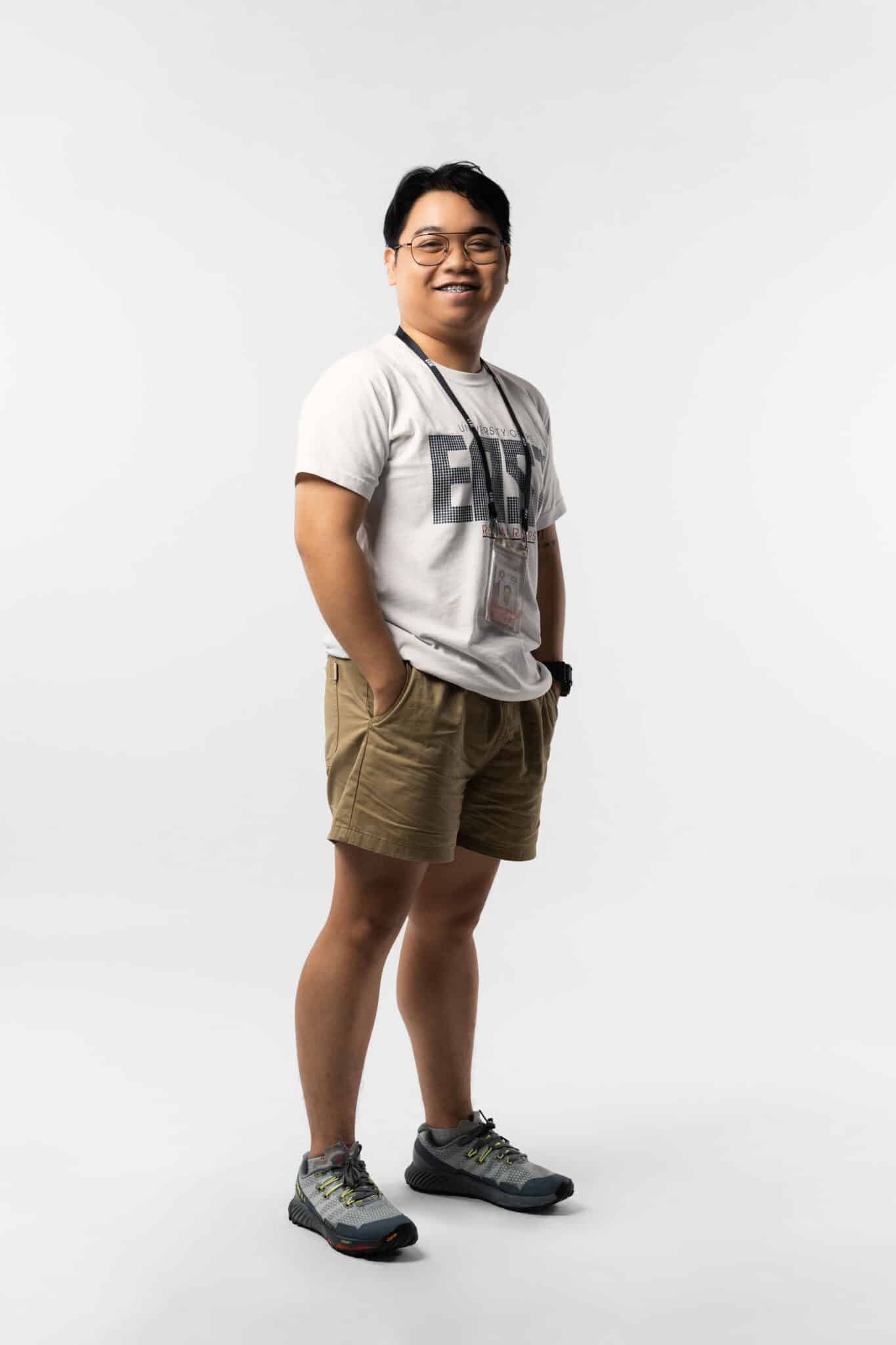
Aligned with his fine arts course, he easily became a part of the editorial board. Luis is currently serving as the Chief Photographer of The Dawn.
Inspired by other professional photojournalists in the field, Luis also wanted to capture pictures that could spark inspiration to people who would see them.
However, even in the field of photojournalism, disinformation also thrives. People nowadays can easily distort reality through maliciously editing pictures. This, for Luis, may also affect the status of press freedom in the country.
“When it comes to disinformation kasi, kailangan ng matinding evidence talaga na hindi masasabi ng isang tao na fake news ‘to,” he said.
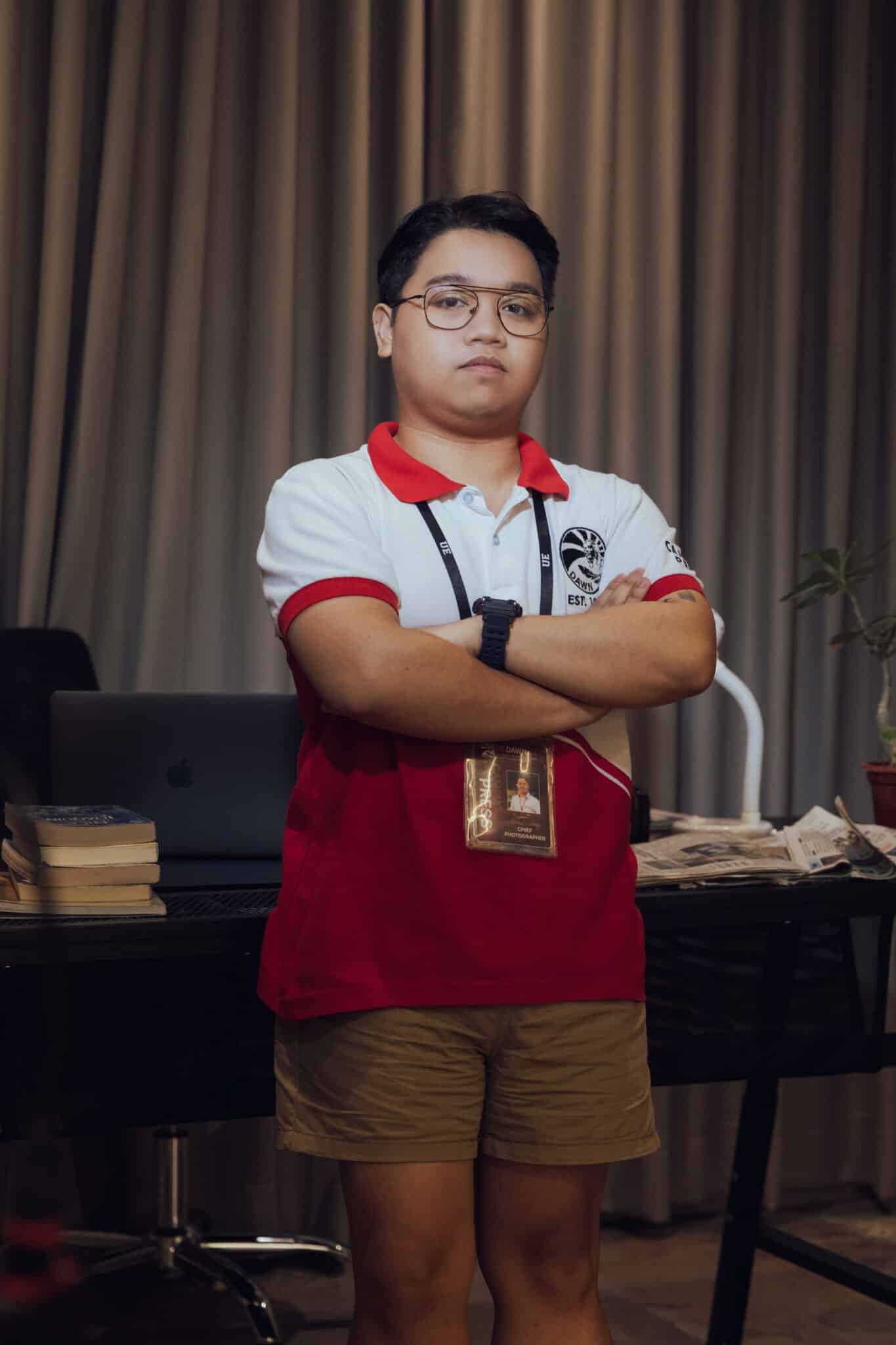
For him, student journalists cannot afford to commit fatal mistakes in releasing articles as it is the reputation of the publication and the trust of the people that are at stake.
With many cases of journalists being red-tagged in the country, it is crucial for him that unity among journalists must be firmly established in fighting for free press. Collective actions always breed substantial results.
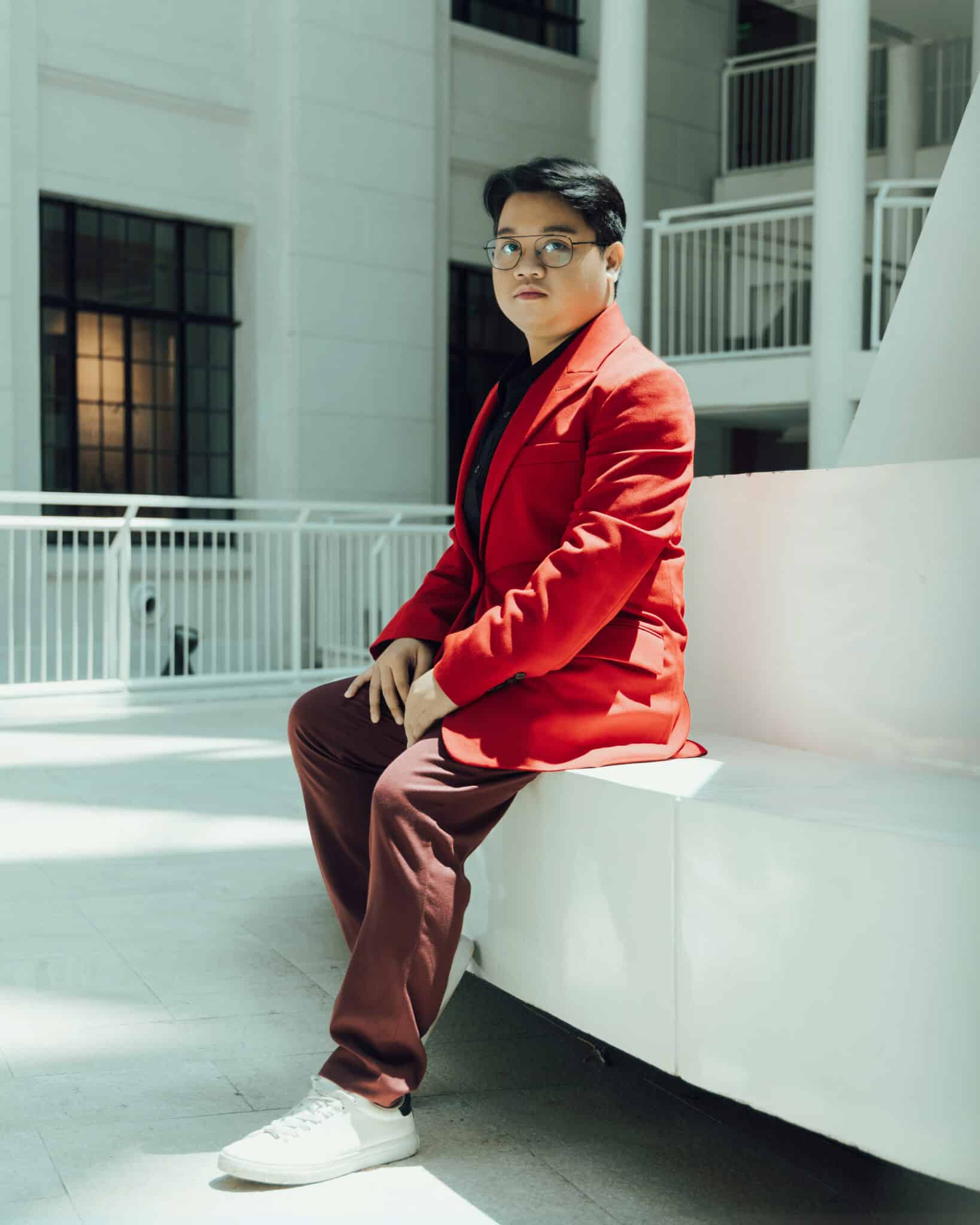
He reminded all the journalists as well to always hold the line and remain fearless.
“Tayong mga journalist kasi ‘yung nakikita nilang pag-asa na makakapagbigay ng balita talaga,” he shared.
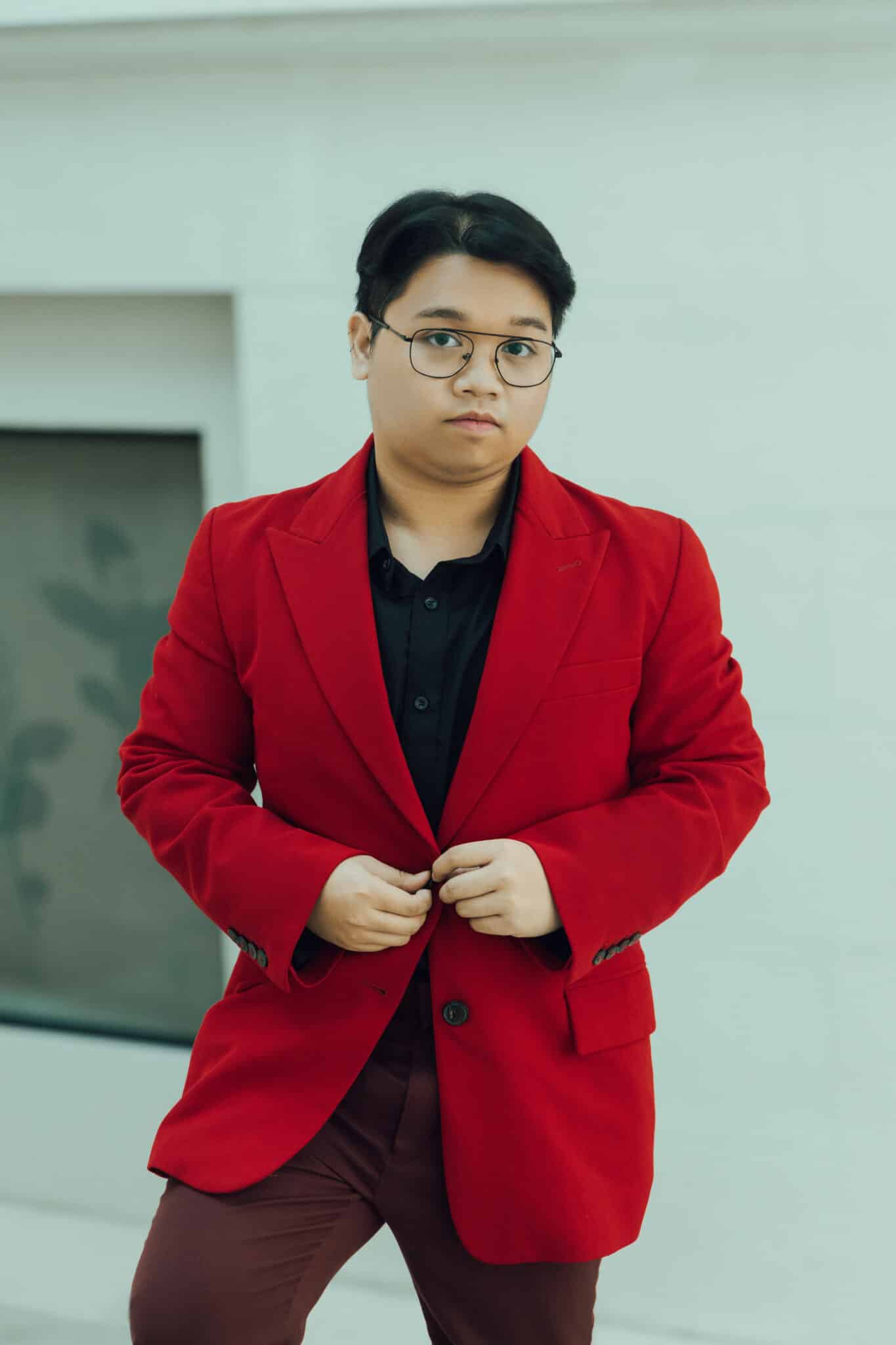
Luis hopes to be a professional photojournalist someday. He continues to take pictures that tell the stories of the marginalized.
Shared struggles, shared aspirations
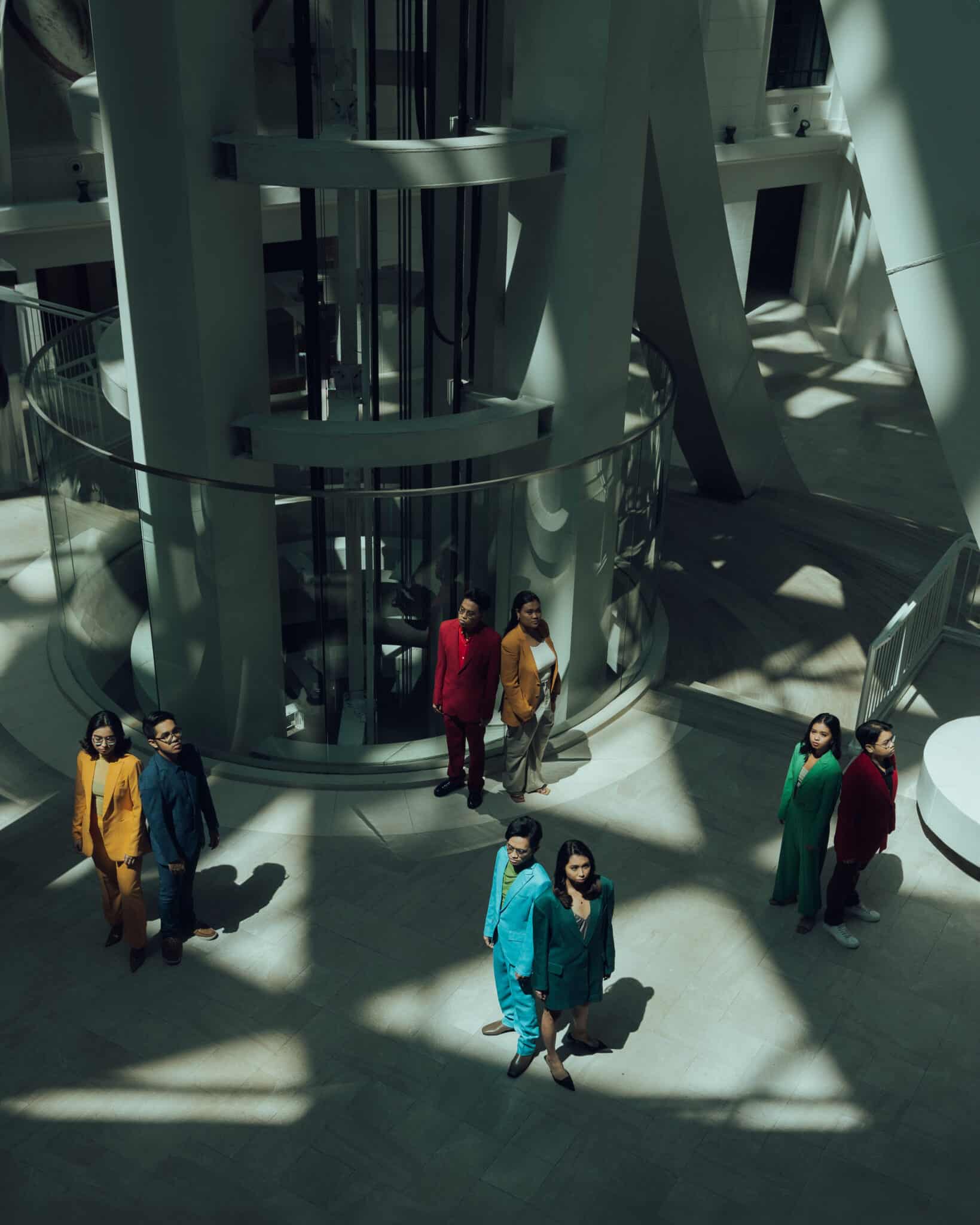
Free press is one of the vital indicators of a healthy democracy.
A society with genuine press freedom embodies an atmosphere where journalists are free to deliver stories without being persecuted or criminalized, people have proper access to verified information and media organizations prioritize truth over profit.
Related Story: Things you need to know before becoming a journalist
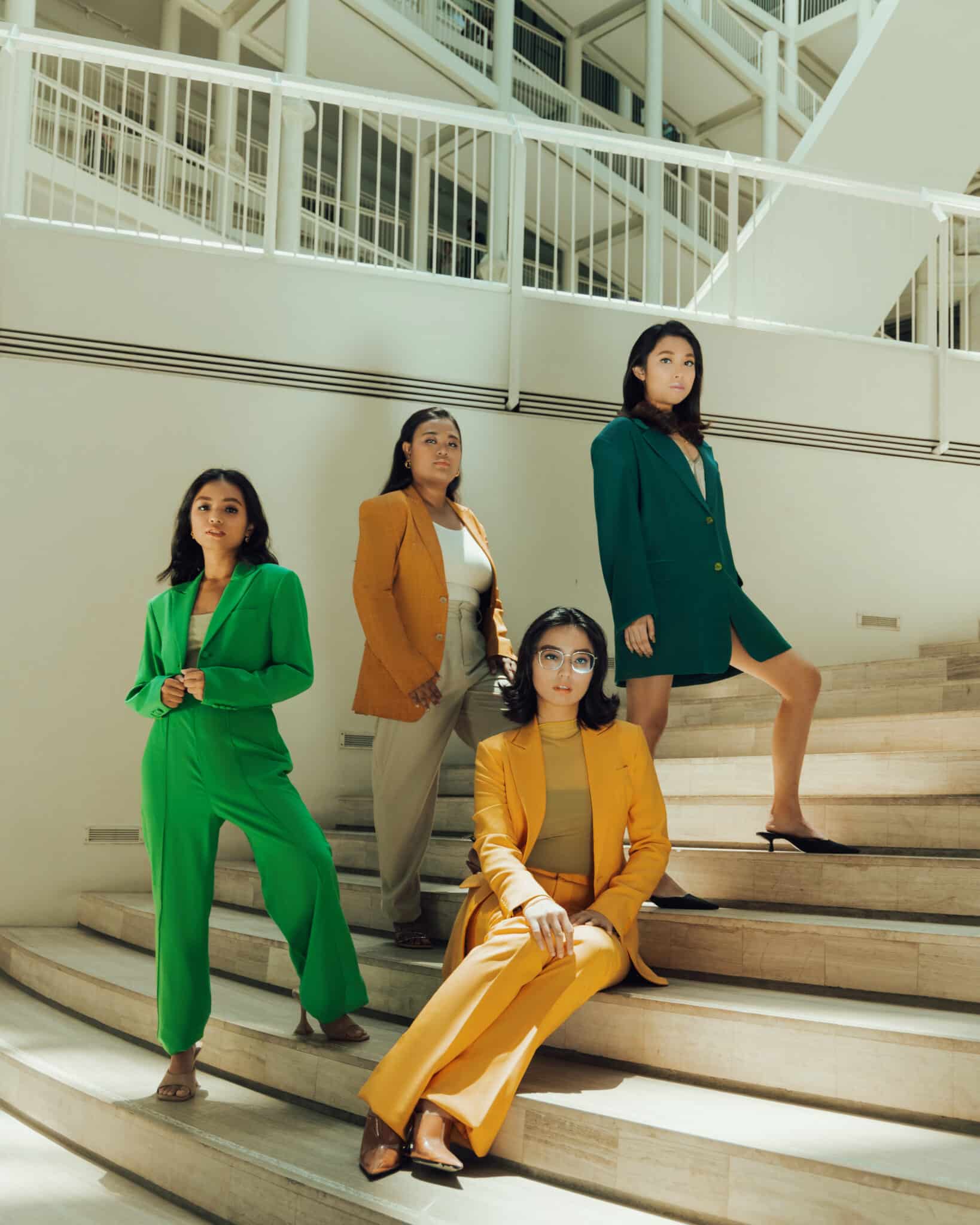
But free press remains too illusionary in the Philippines as seen in the stories of eight student journalists whose commitment to truth has put their lives in danger.
Some of them were red-tagged. Some were attacked by internet trolls. The recurring media attacks against journalists have cemented a culture of violence that hinders the exercise of press freedom.
But these rising heroes of journalism have stood firm, never even thought of backing down for the sake of delivering the truth. They shared the same aspiration of creating a society where they would no longer be afraid to speak what needs to be heard and expose what needs to be seen by the people.
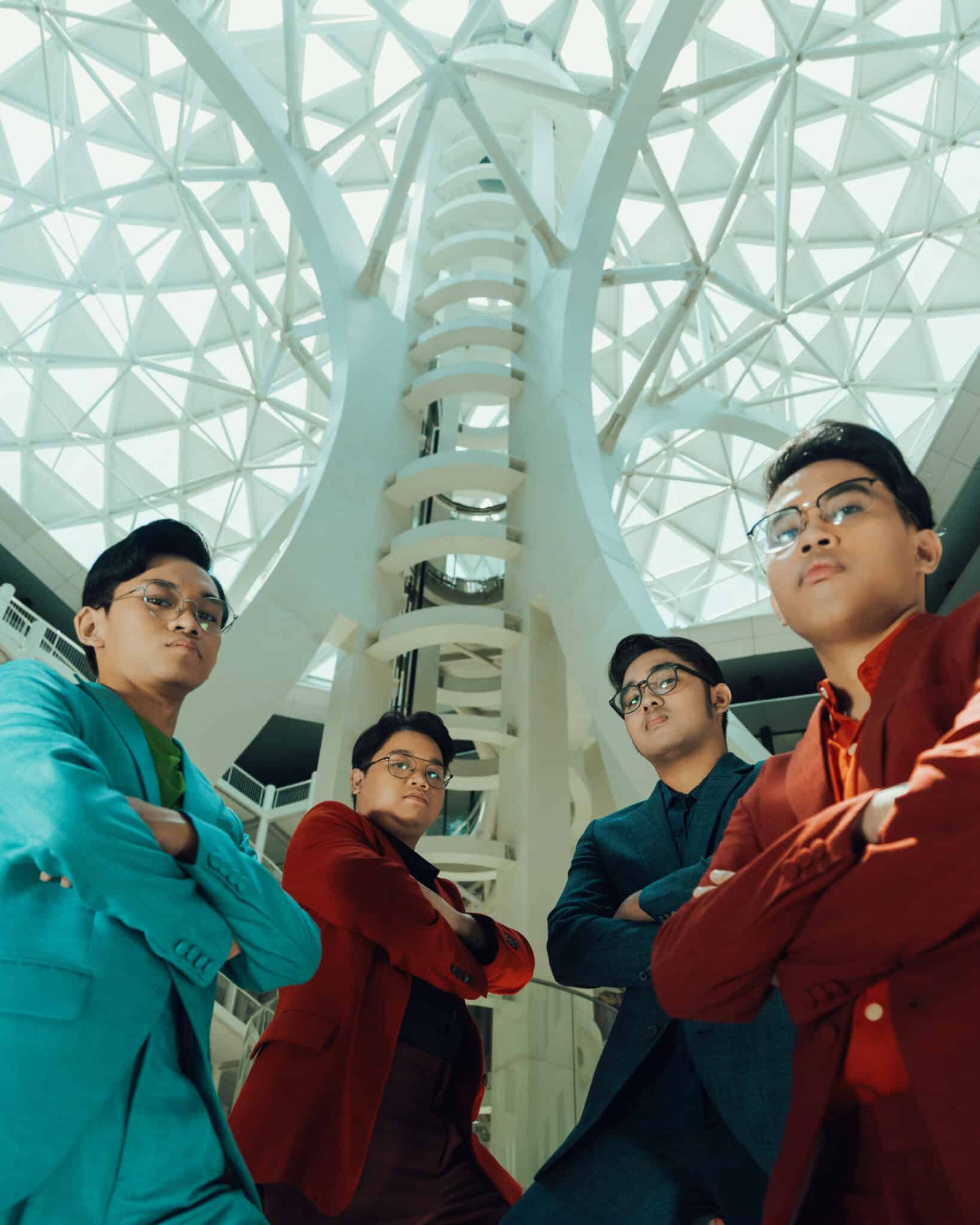
Shot at the prestigious National Museum of the Philippines Natural History in Manila, these rising young journalists of the new generation showcased their boldness and flair in fighting for truth. Amid the culture of violence against journalists, these journalists strive to protect lives from the dangers of fake news and black propaganda through presenting accurate stories.
In celebrating the second National Press Freedom Day, let us be reminded that the fight for press freedom continues with this new breed of journalists advancing the truth one step at a time.
Managing Editor: Henrick Chiu
Creative Director: Sven Gaffud
Executive Producer: Danica Rae Ulanday
Writer: Joshua Gerona
Videographer: Karl Delleva
Video Editor: John Gabriel San Luis
Graphic Artist: Jadelyn Isiderio
Stylist: Gee Jocson
Hair & Makeup Artist: Macky Hilario
Location: National Museum of the Philippines Natural History
Production Staff:
Avin Dela Cruz
Gabriel Arevalo
Dean Palapar
Aqi Britanico
Michelle Grace Henriche
Shan Dimapilis
Carl Angelo Salva
Mark Louie Martinez
Maria Ara May Martinez
Chloe Jill Javier
Gabriela Leann Angeles
Francis Ivan Edel

